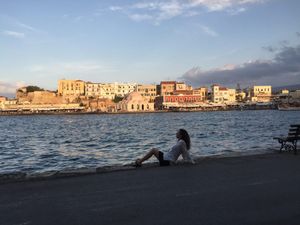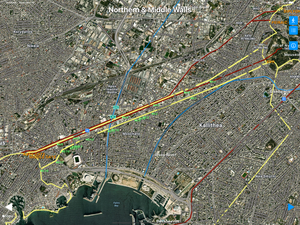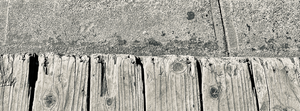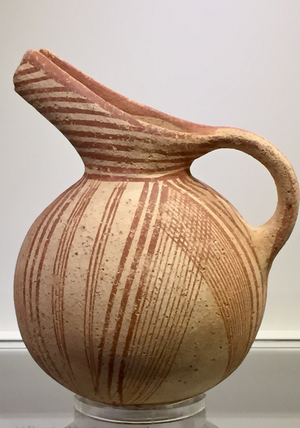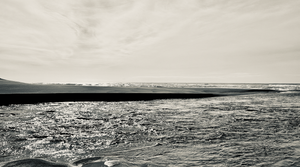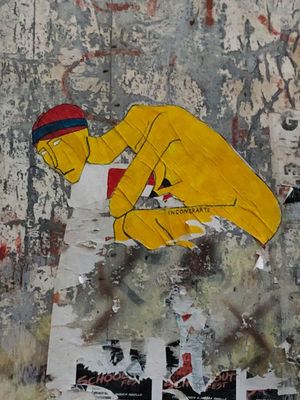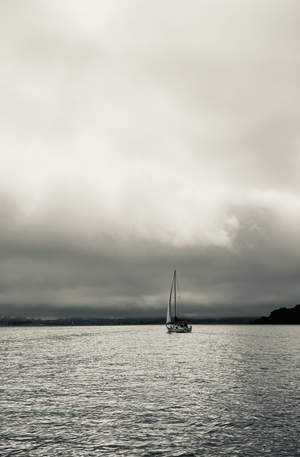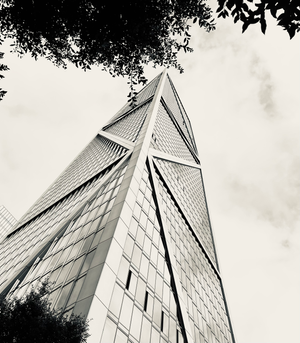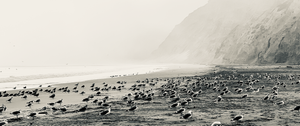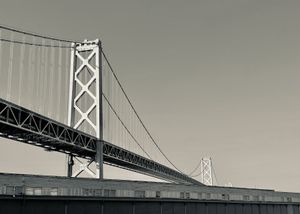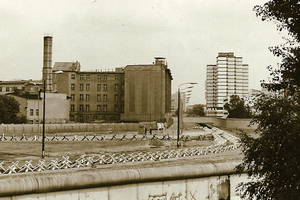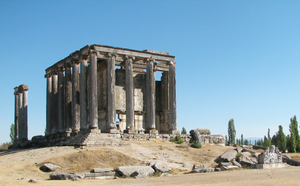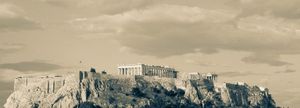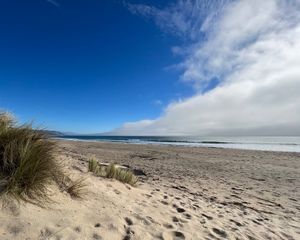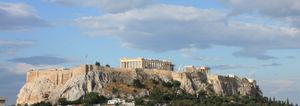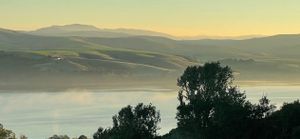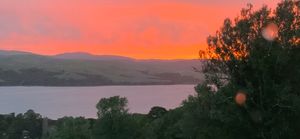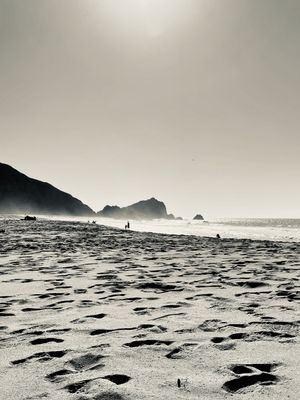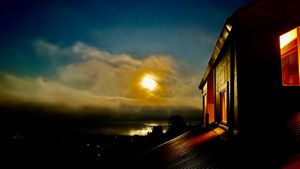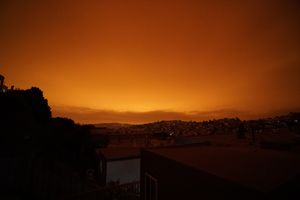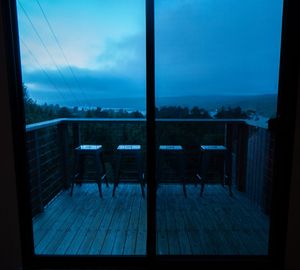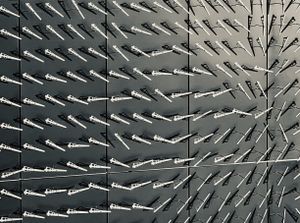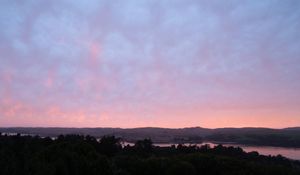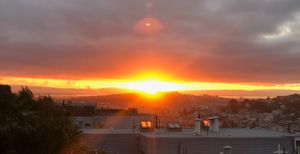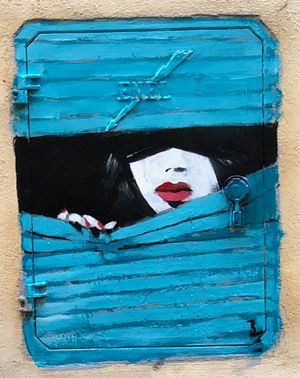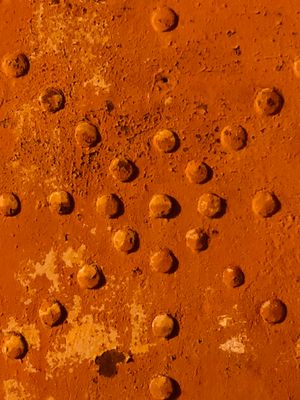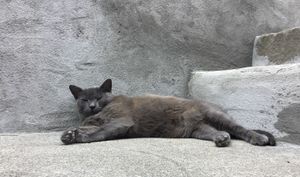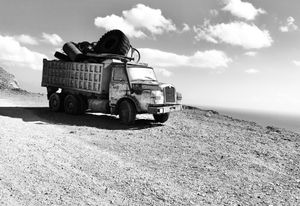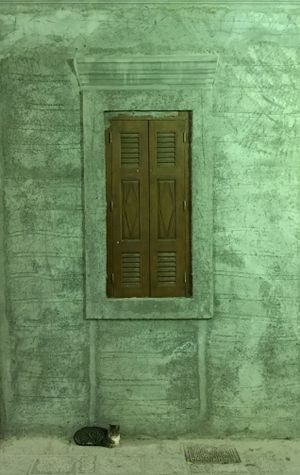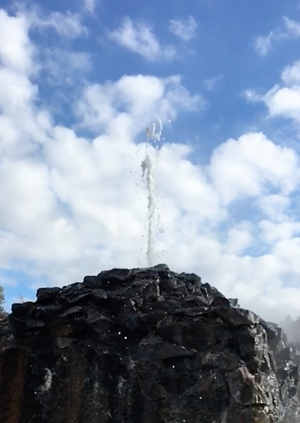Day 1 - Zurich
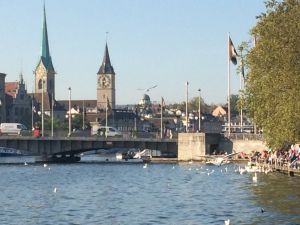
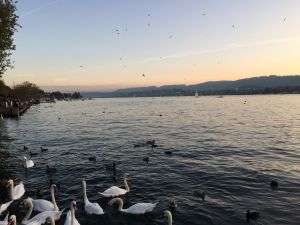
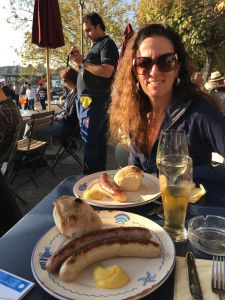
It’s true, this is not Greece. We are in Zurich, Switzerland. I have a little game I like to play where I try to fit in a small adventure during airport layovers. This time we had enough time to take the train from the airport to downtown Zurich for some Bier und Wurstel along the lake. Our reward was a splendid sunny Friday afternoon partying with the Swiss folk and lake swans! Quick, back on the plane to Greece!
Day 2 - Athens
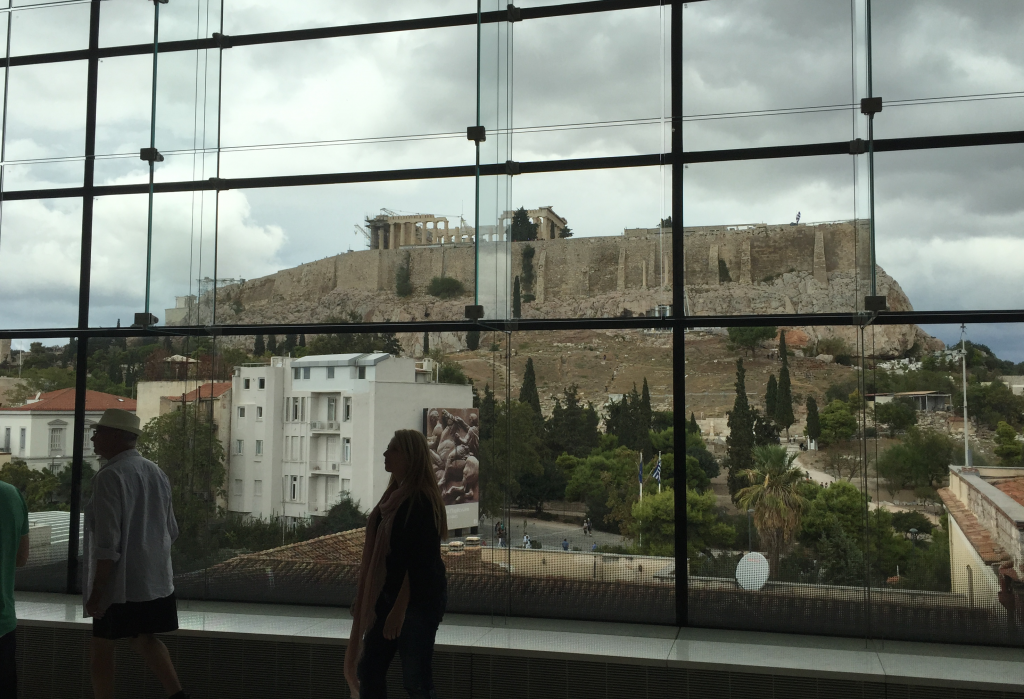
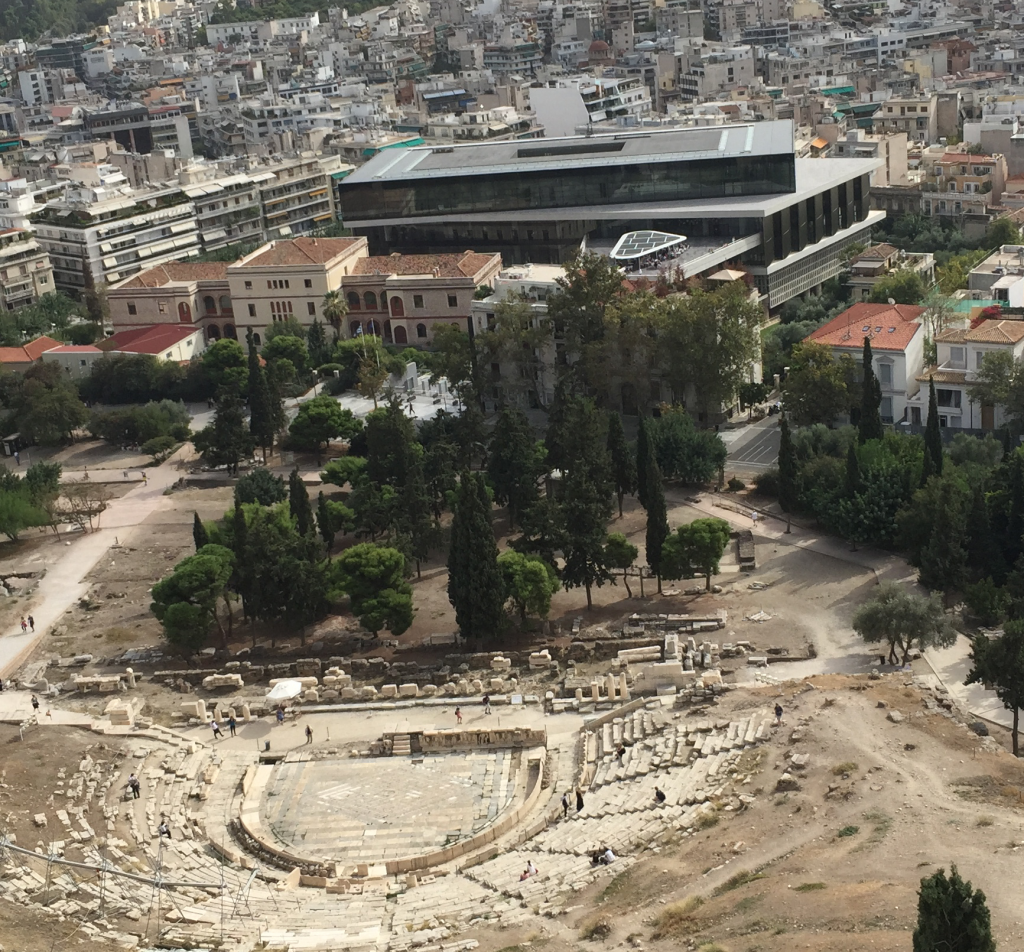
We arrived to our hotel about 2 AM in the morning and actually got some sleep. First up when we woke was a familiar lunch next to the Agora, gazing up towards the Acropolis. Afterwards we explored the Agora, including its splendid museum pottery, and then hiked up and around to the other side of the Acropolis to visit the Theater of Dionysus and the Acropolis museum.
The new Acropolis museum is fabulous and truly first class. Constructed to showcase the antiquities found on and around the Acropolis, the designers also cleverly created space for the yet-to-be negotiated return of the Elgin marbles that currently reside in the British museum. Since I was a boy I have always felt the Elgin marbles belonged in Athens. There is really no excuse now – please bring them home!!

Continuing to circle the Acropolis, a casual stroll through the Plaka and flea market led us eventually to Syntagma Square where a hailed cab that took us atop the Lycabettus for sunset photos of sprawling Athens and the bay of Salamis. Walking back down, dinner and drinks followed back in the Plaka. Yea, we stayed up all day!
Day 3 - Athens
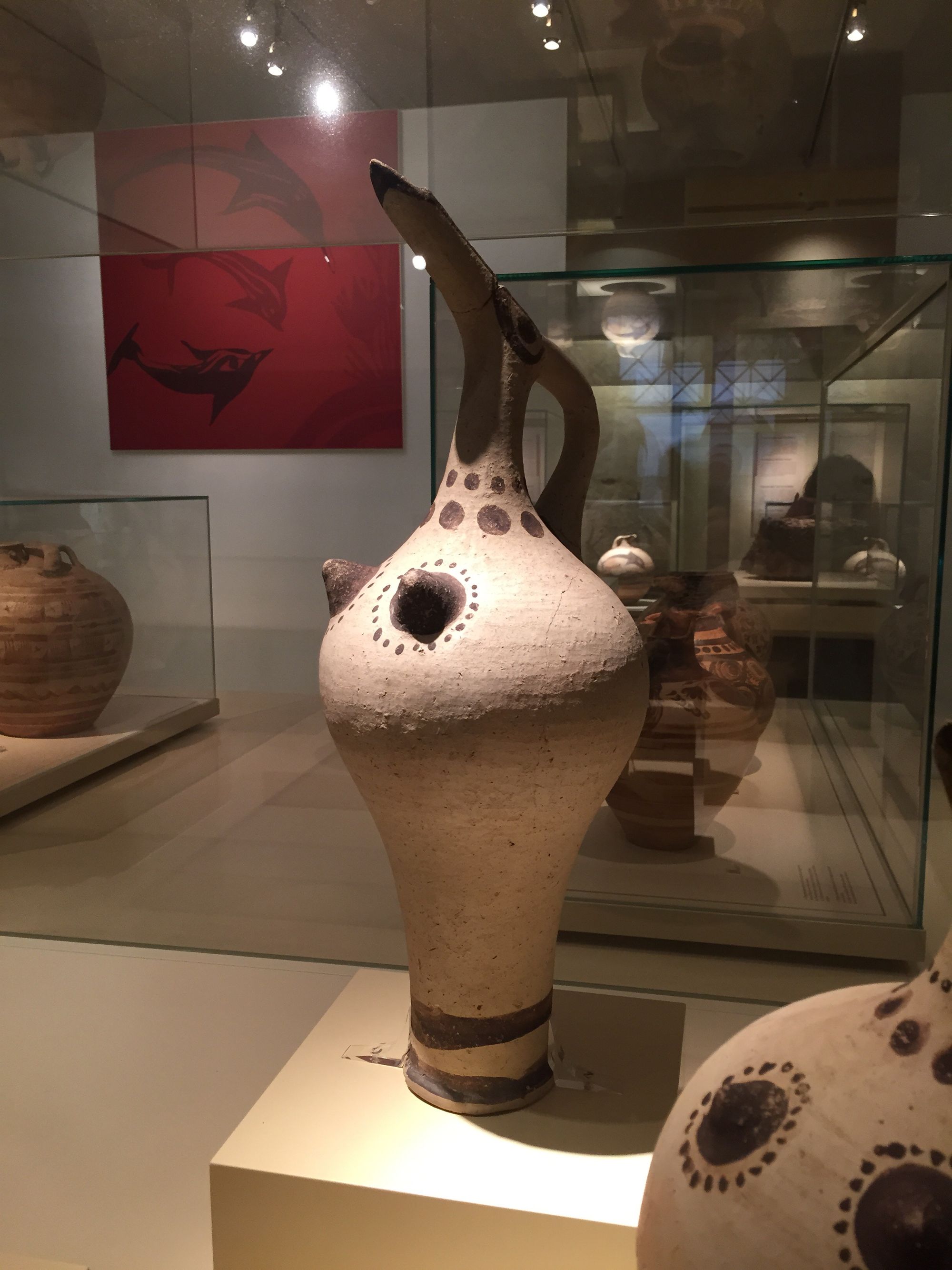

Another casual day in Athens strolling about, fighting jet lag. We visited the National Museum, Temple of Zeus, 1896 Olympic Stadium, the Parliament & Gardens, and capped the day off with live Greek music and outdoor dining next to the Roman forum.
Since we were heading to Santorini (Thera) next, and later Crete, I especially wanted to visit the National Museum to see the Minoan pieces that came from the ruins at Akrotiri, Thera. One favorite piece is pictured and dates to approximately 1600 BC.
Day 4 - Santorini
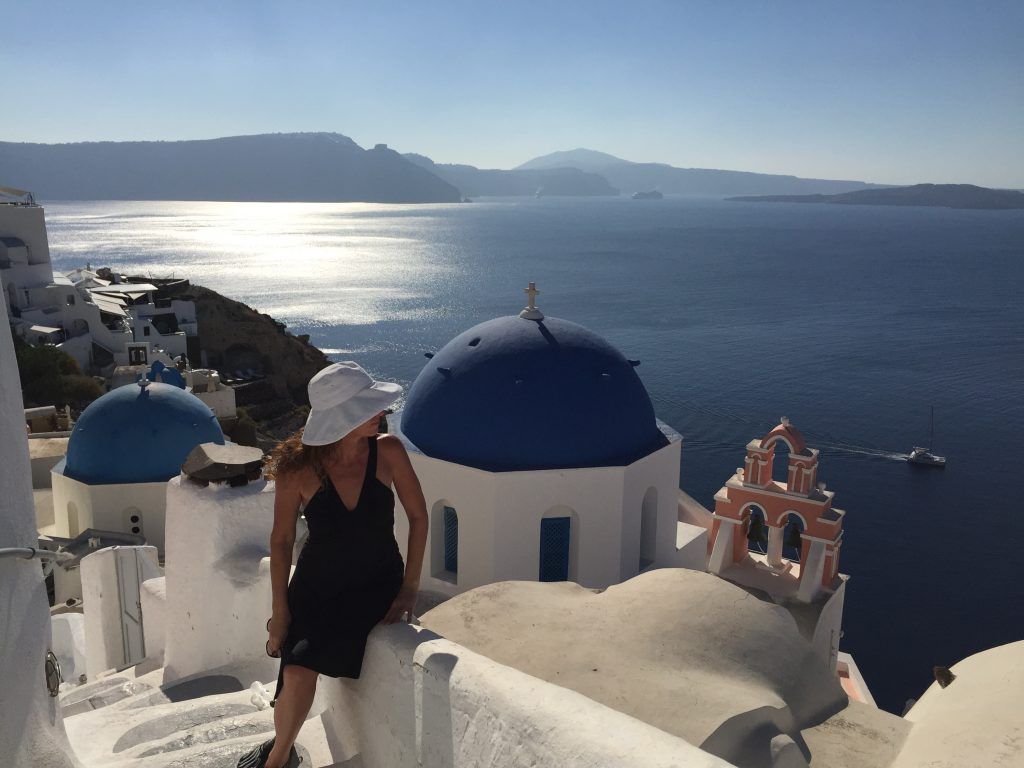

Santorini is one of those places that one just must visit at least once.
Day 5 - Santorini
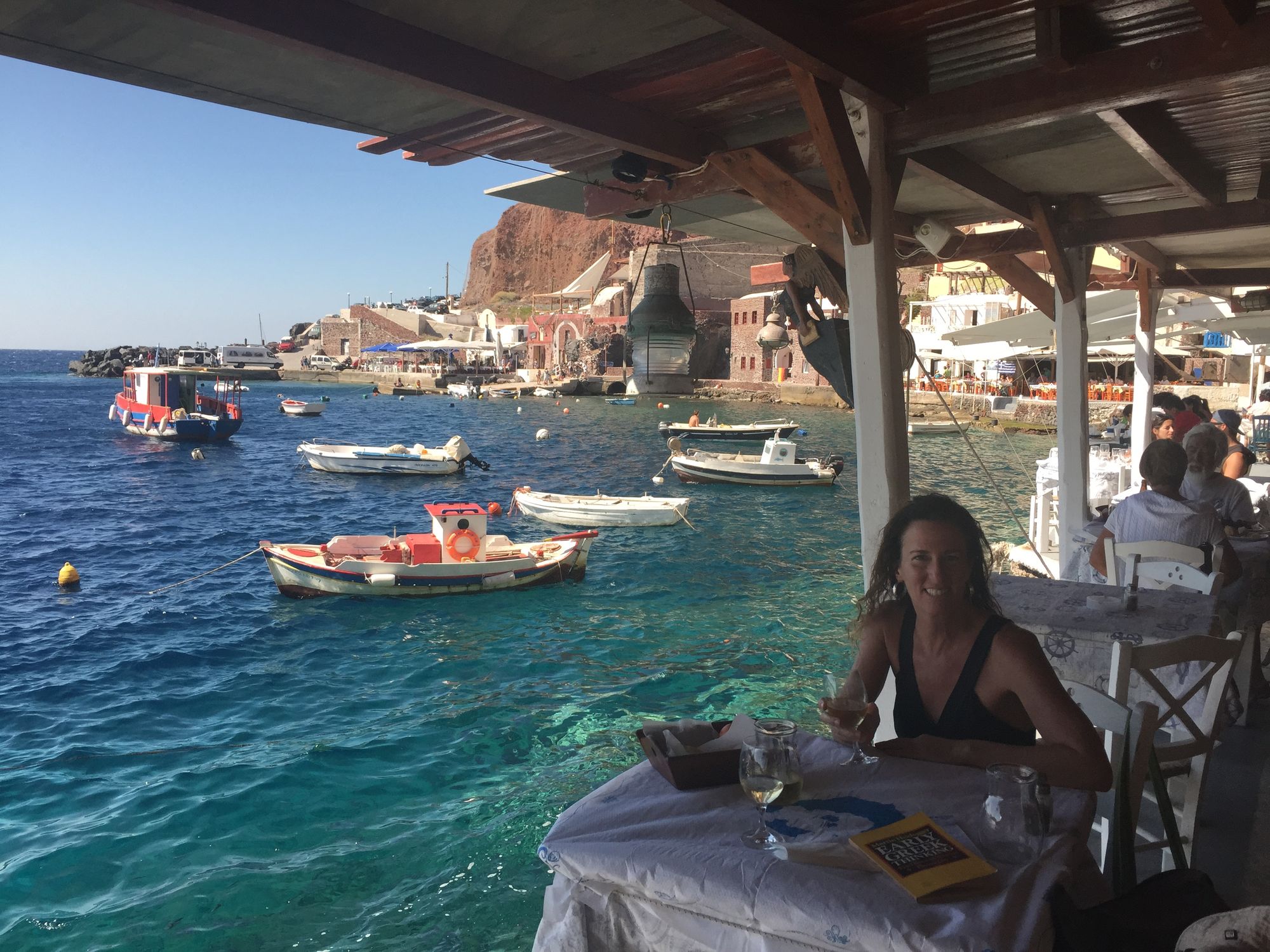

We arrived to Santorini the day before by hydrofoil, caught the bus to the town of Oia, which is located on the northern tip of the main island, and secured a great room with a view of the caldera. As the prior day was a long day of travel this day was spent exploring Oia and taking casual hikes down to the sea for our first swim and seaside dining.
Day 6 - Santorini

Renting a car we set about exploring the island for the day. The main destination was the ancient Minoan ruins of Akrotiri located on the southern end of the island. Santorini’s current geological shape came into being in 1628 BC when the entire center of the island blew up in a volcanic eruption, forming the caldera we see today.
The city of Akrotiri was buried in ash, leaving itself in excellent condition, just like Pompeii, but ~1700 years older. Though a small town (the main square is pictured above), the site of Akrotiri was inhabited for many centuries before the eruption, serving as an important seafaring trading post. No evidence of bodies has been found and so the current theory is the people of Akrotiri got out while the getting was good.
The dating of the eruption has very recently been moved back about 100 years to 1628 which has caused a fairly severe disruption in the accepted history of the Minoan civilization, especially on Crete. Previously it was thought the eruption was likely to coincide with the Minoan palace destructions on Crete that took place at the height of its civilization. No more. Other reasons must be found.
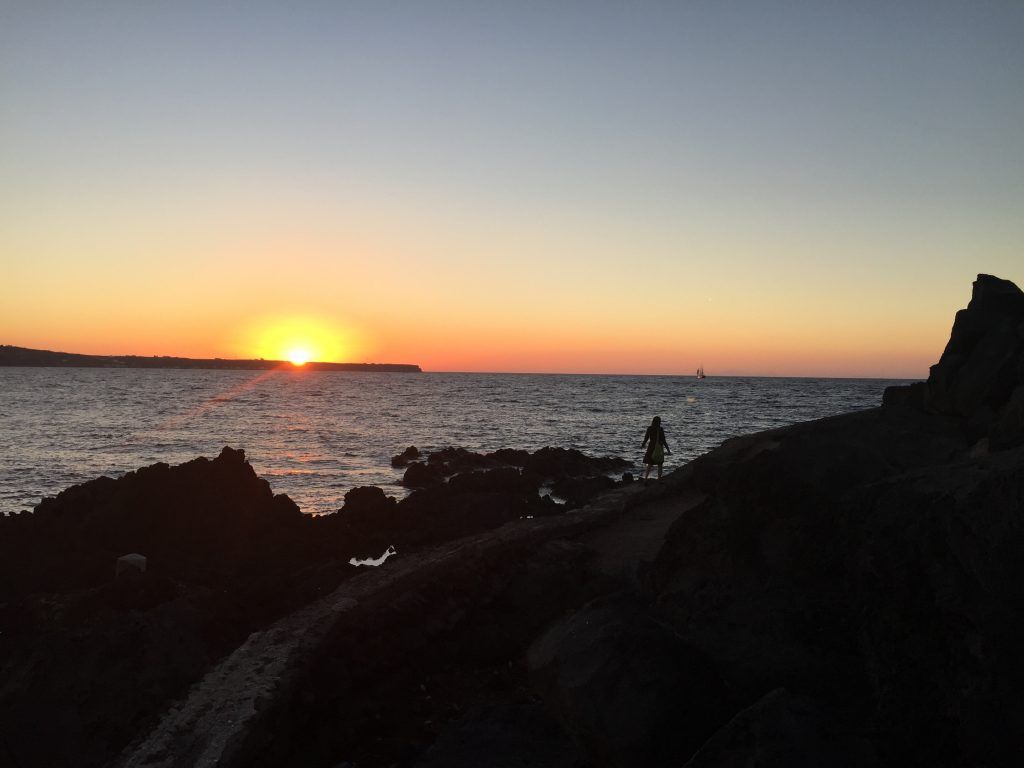
After our explorations we made our way back to Oia for a swim at what became our favorite spot and took in the sunset.
Day 7 - Santorini
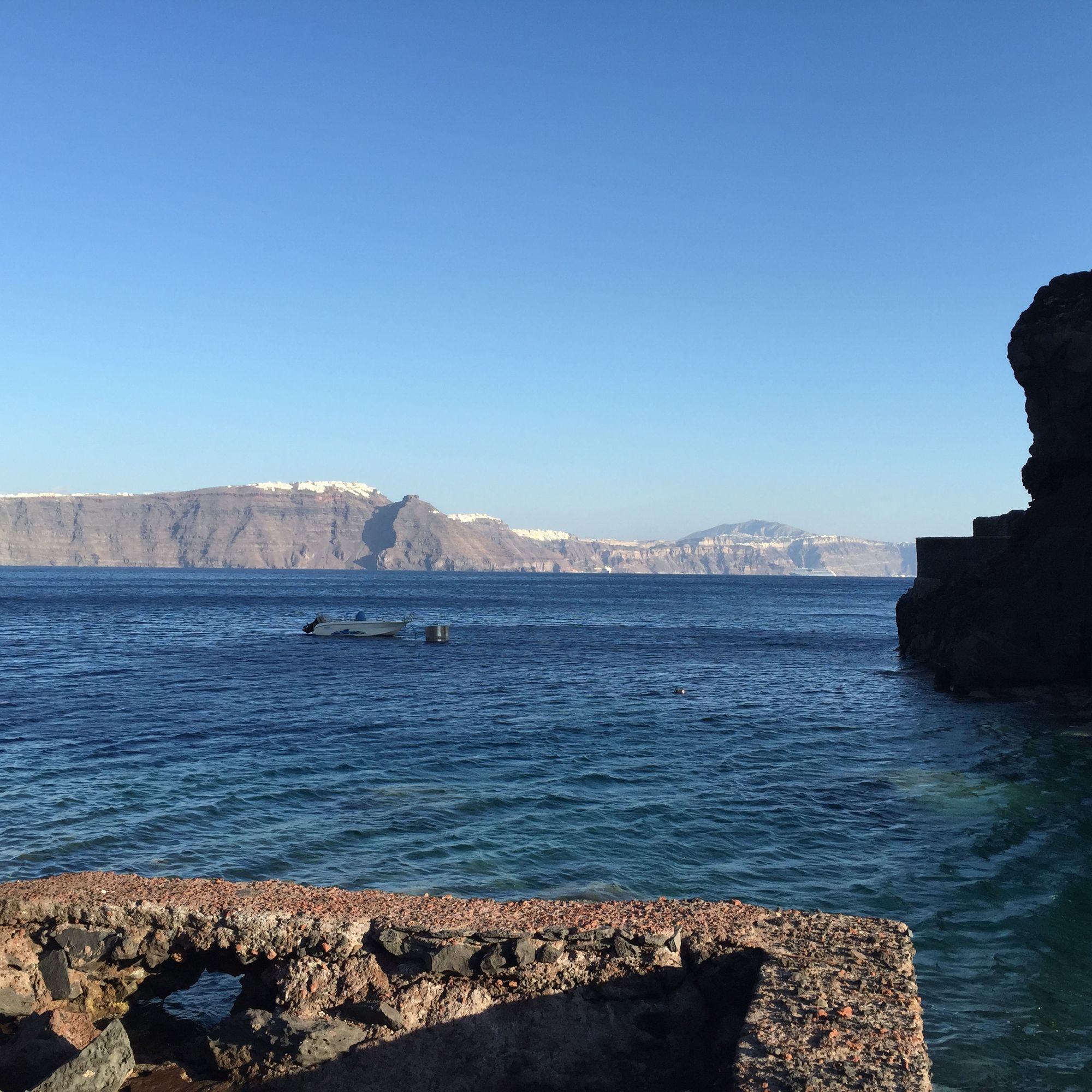
Moving onward from Santorini we took the late afternoon hydrofoil to Heraklion, Crete, but not before a last swim at our little spot in the caldera.
Day 8 - Heraklion
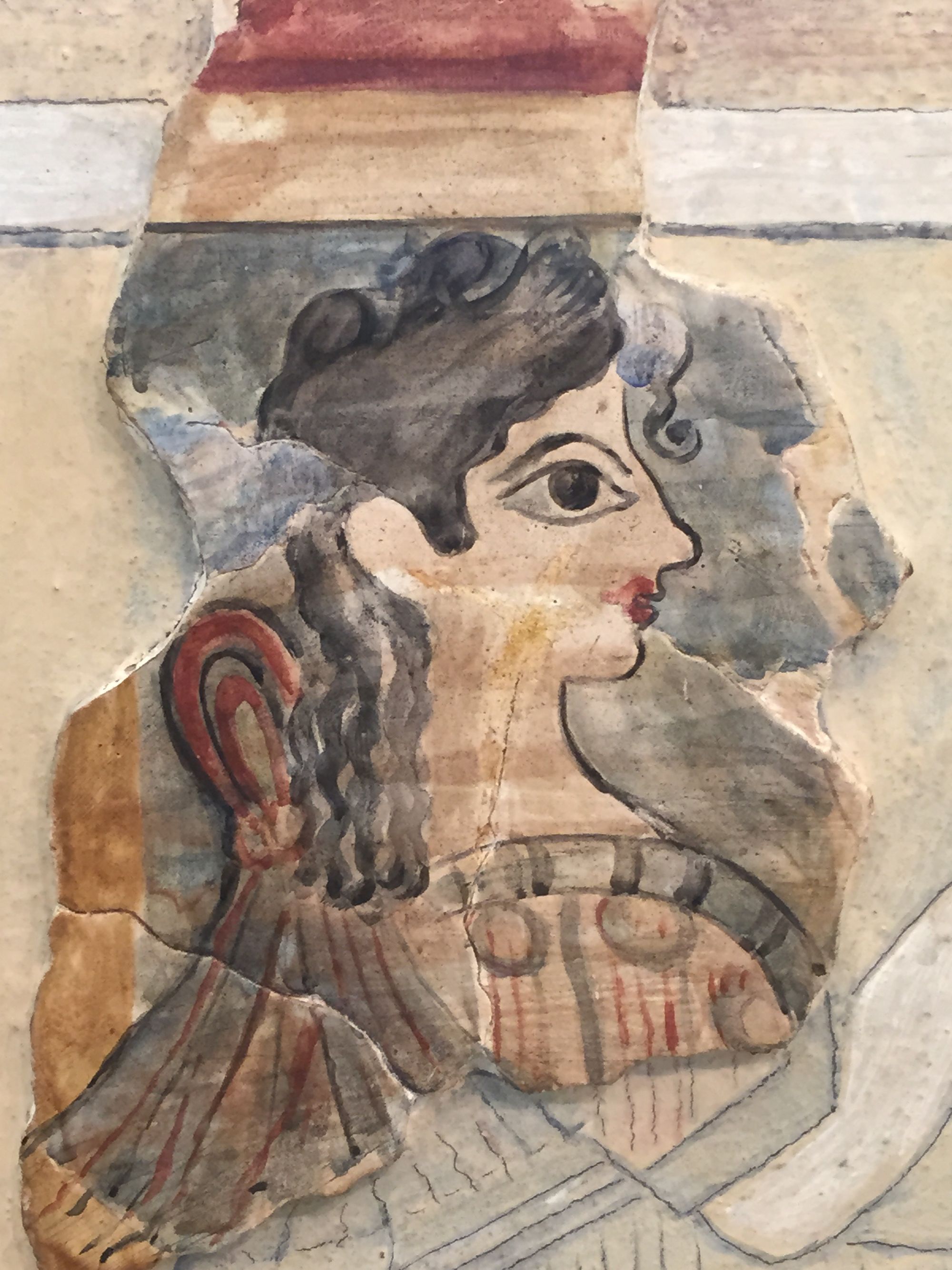
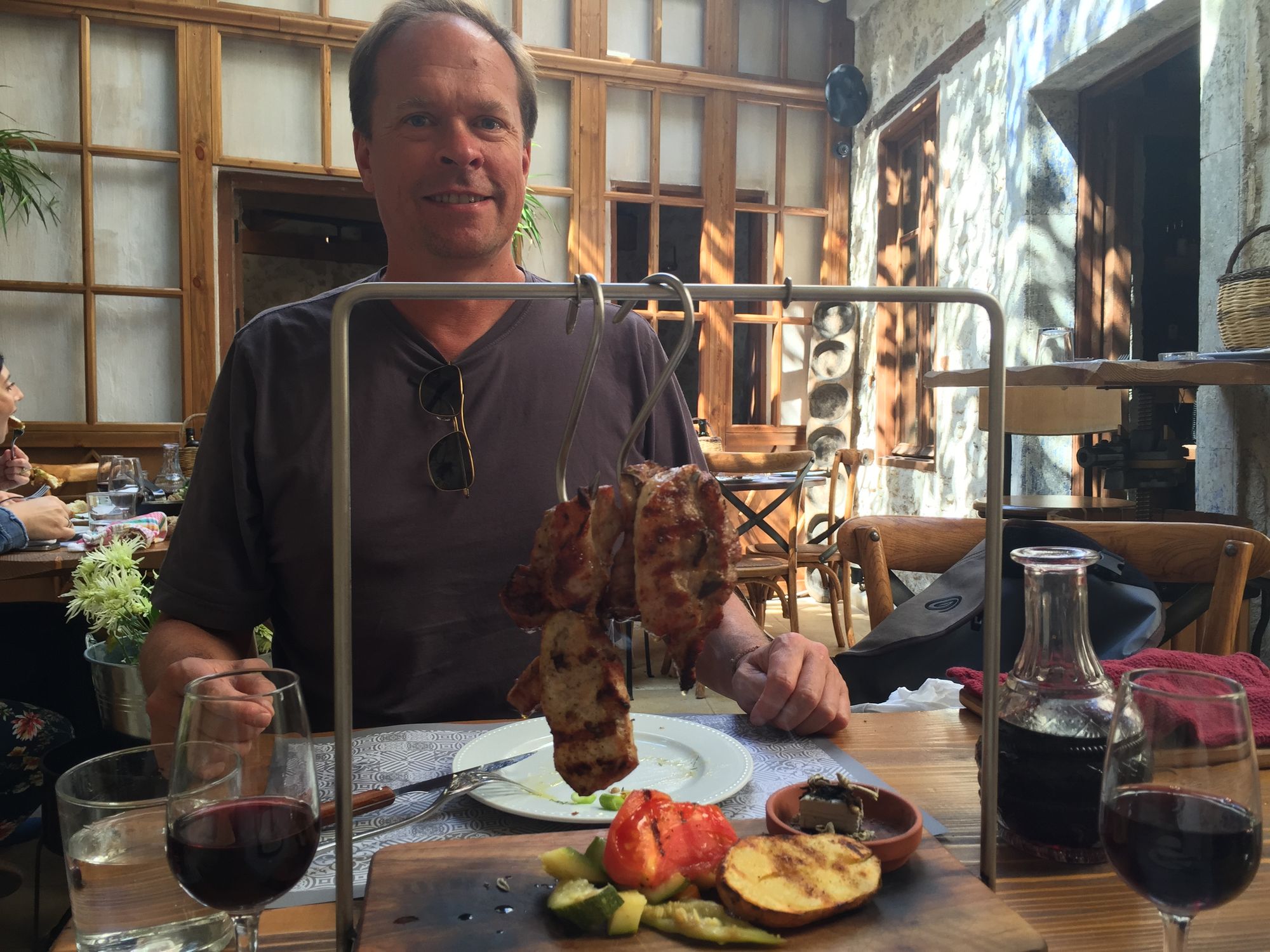
The plan was to visit the Heraklion archeology museum, rent a car and move on to Hania (leaving Knossos until our return), which we did.
Yet we discovered the heart of Heraklion was interesting, historical, approachable and very much worth a casual day and so we lingered.
Still without question, the museum is the highlight. If you go to Crete, do not miss it. The beauty, quality and state of preservation of the Minoan artifacts rivals any museum in the world, … truly!
And Heraklion had another surprise for us. A hip dining scene oriented around locally grown, organic food and environmental sustainability. Peskesi turned out to be our favorite restaurant on the entire trip. We have returned a number of times (https://www.facebook.com/peskesi)!
Day 9 - Hania
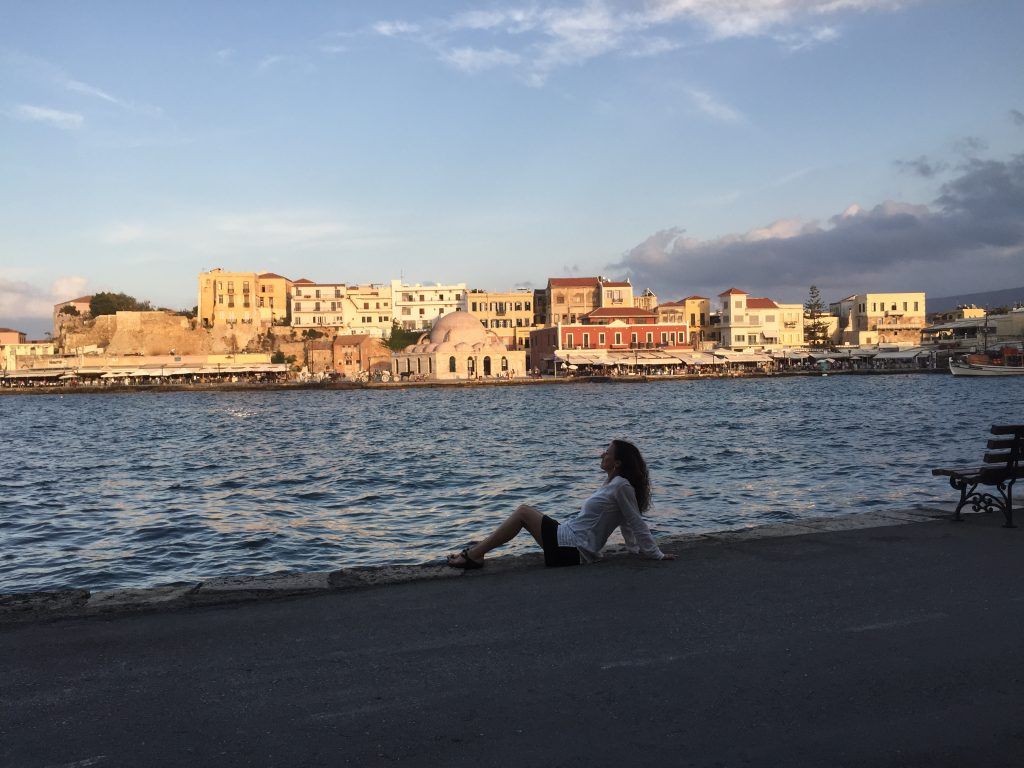
Hania is a very ancient and delightful port town located on the north coast of Crete, west of Heraklion. Full of small windy streets and a clean harbor the city remains largely reminiscent of Venetian period architecture. A more careful look illuminates the markings of its entire storied history and the fascinating story of Crete.
On the hill across the harbor (pictured), bronze aged peoples settled thousands of years ago. The indigenous and highly evolved Minoans made the same hill their home approximately 3000 to 1450 BC. Post Minoan Crete was to be followed by 3500 years of foreign occupation and rule, beginning with the Mycenaeans (1450 – 1100 BC).
Then followed the Dorians (1100 – 400 BC), Hellens (400 – 50 BC), Romans (50 BC – 300 AD), Byzantine (300 – 800 AD), Arabs (800 – 1000 AD), Byzantine (1000 – 1200 AD), Venetians (1200 – 1669 AD) and the Ottomans (1669 – 1898). Unification with modern Greece finally came after the Ottomans in the late 19th early 20th century.
While there were periods of prosperity and near autonomy during some of the occupations, life for Cretans was more often harsh and oppressive, especially under the rule of the Venetians and the Ottomans. Most recently Hania and Crete suffered harshly again with the German invasion during WWII. Evidence of the bombings of that time can still be found in Hania (also pictured across the harbor!).
Crete’s cultural history is as varied and complex as it’s mountainous geography and geology!
Day 10 - Zorba!
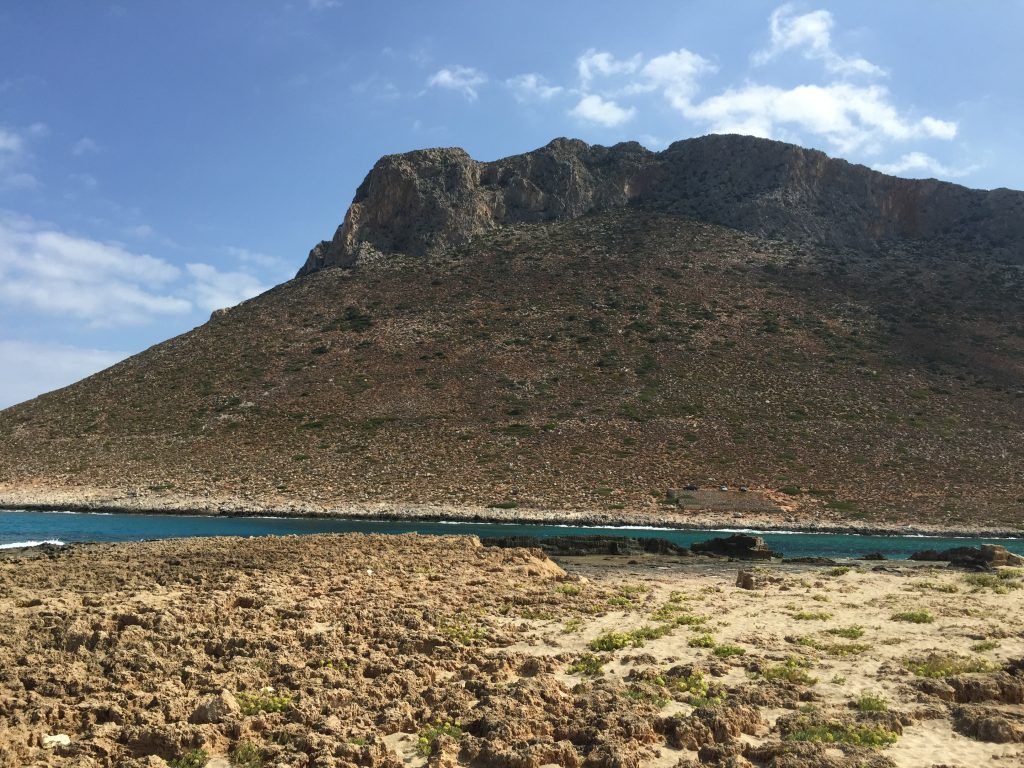
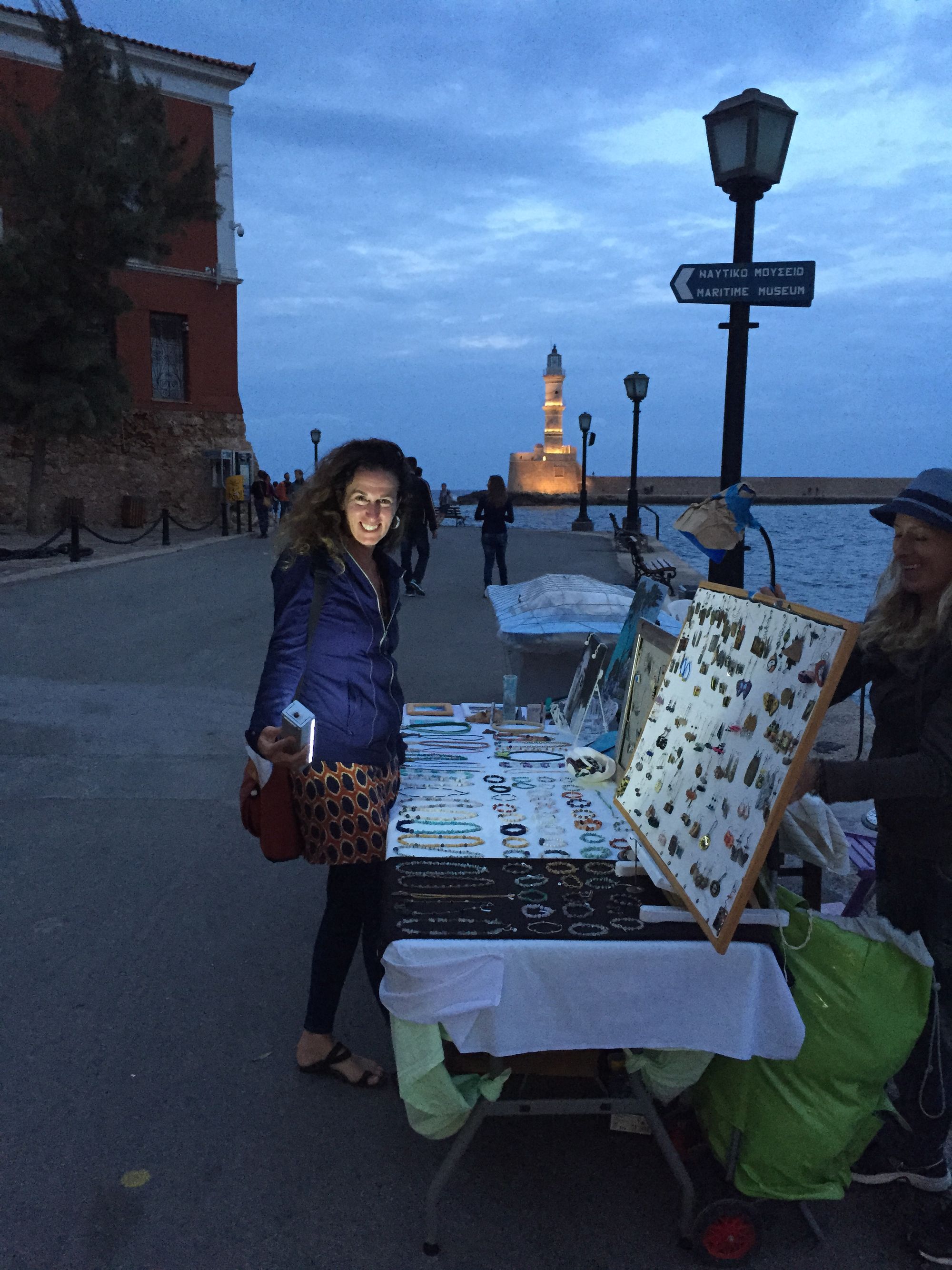
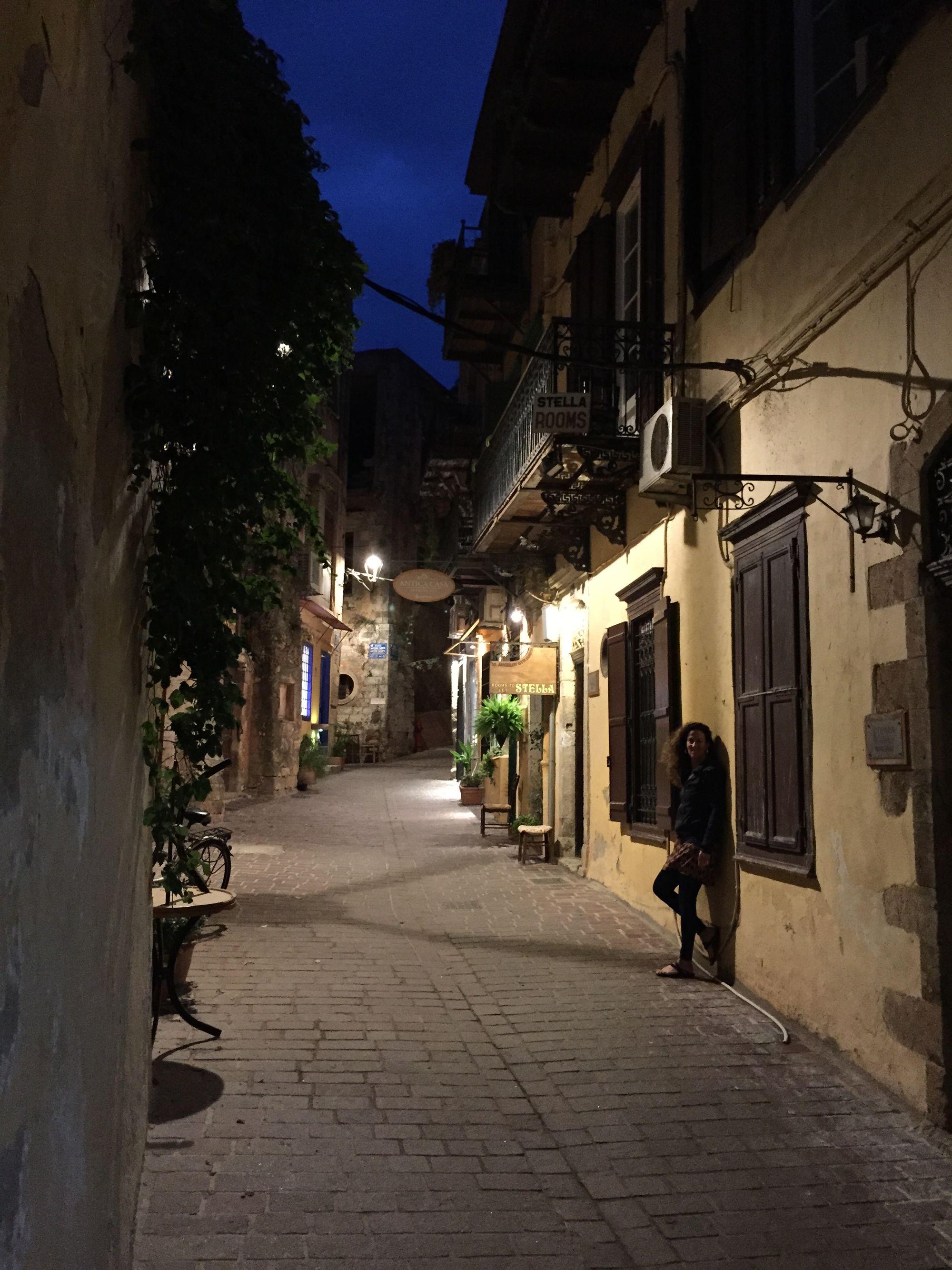
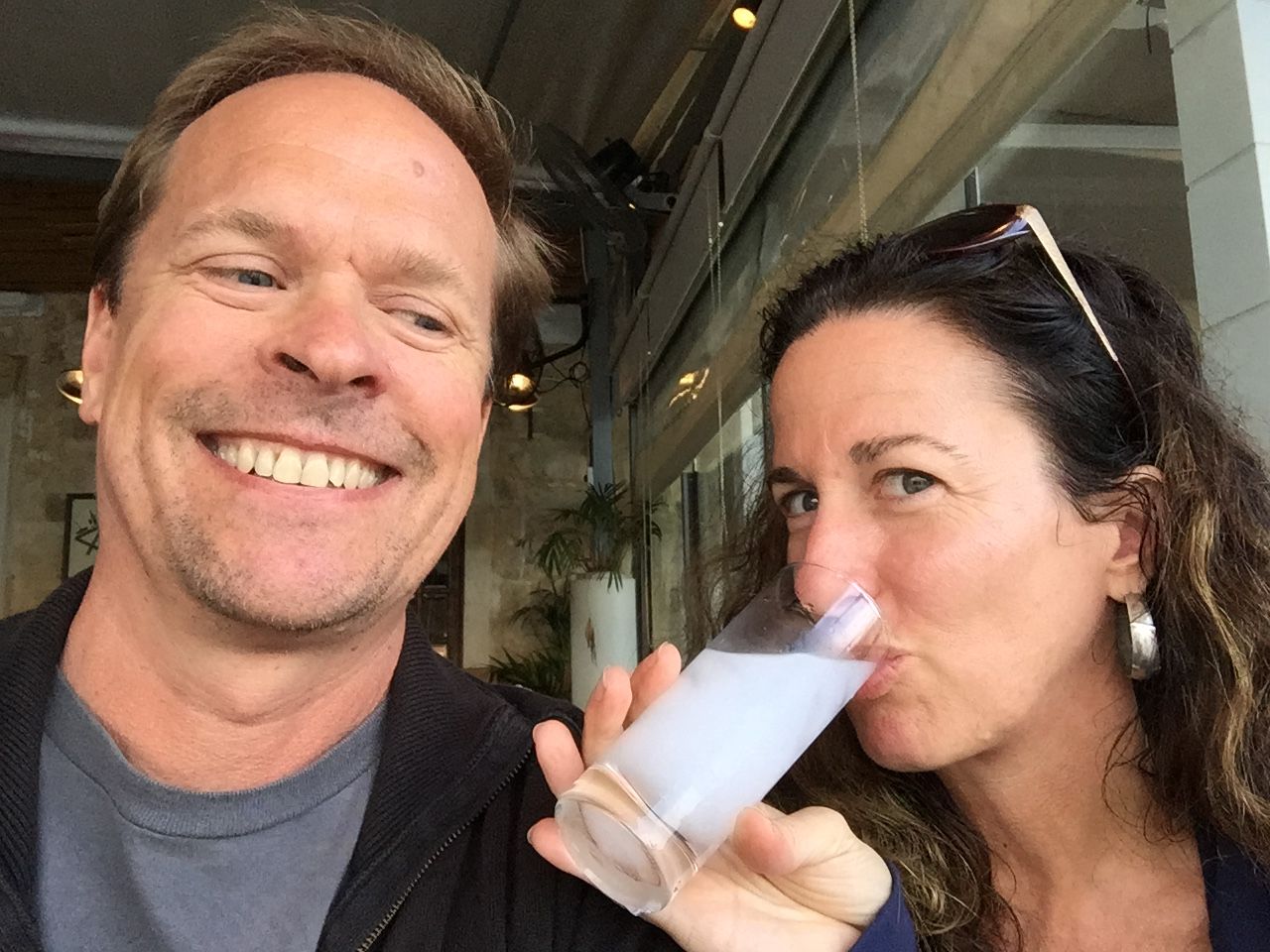
We took a day trip from Hania to visit the village of Stravros on the northern point of the Akrotiri peninsula, site of the final scene of Zorba the Greek and the “hilarious disaster” – a great movie if you have not seen it. Back in Hania we continued to enjoy ourselves.
Day 11 – Ravdoucha
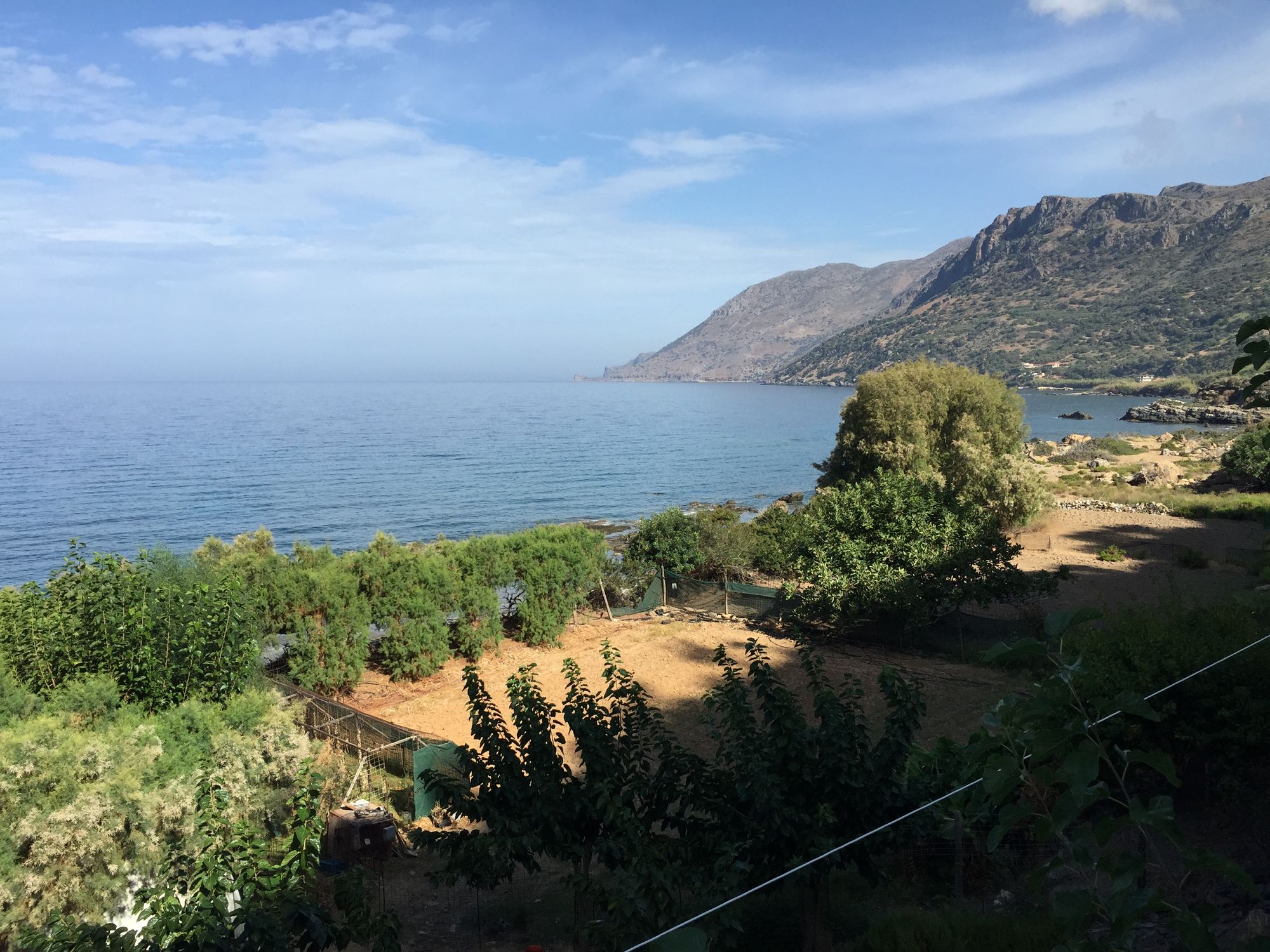
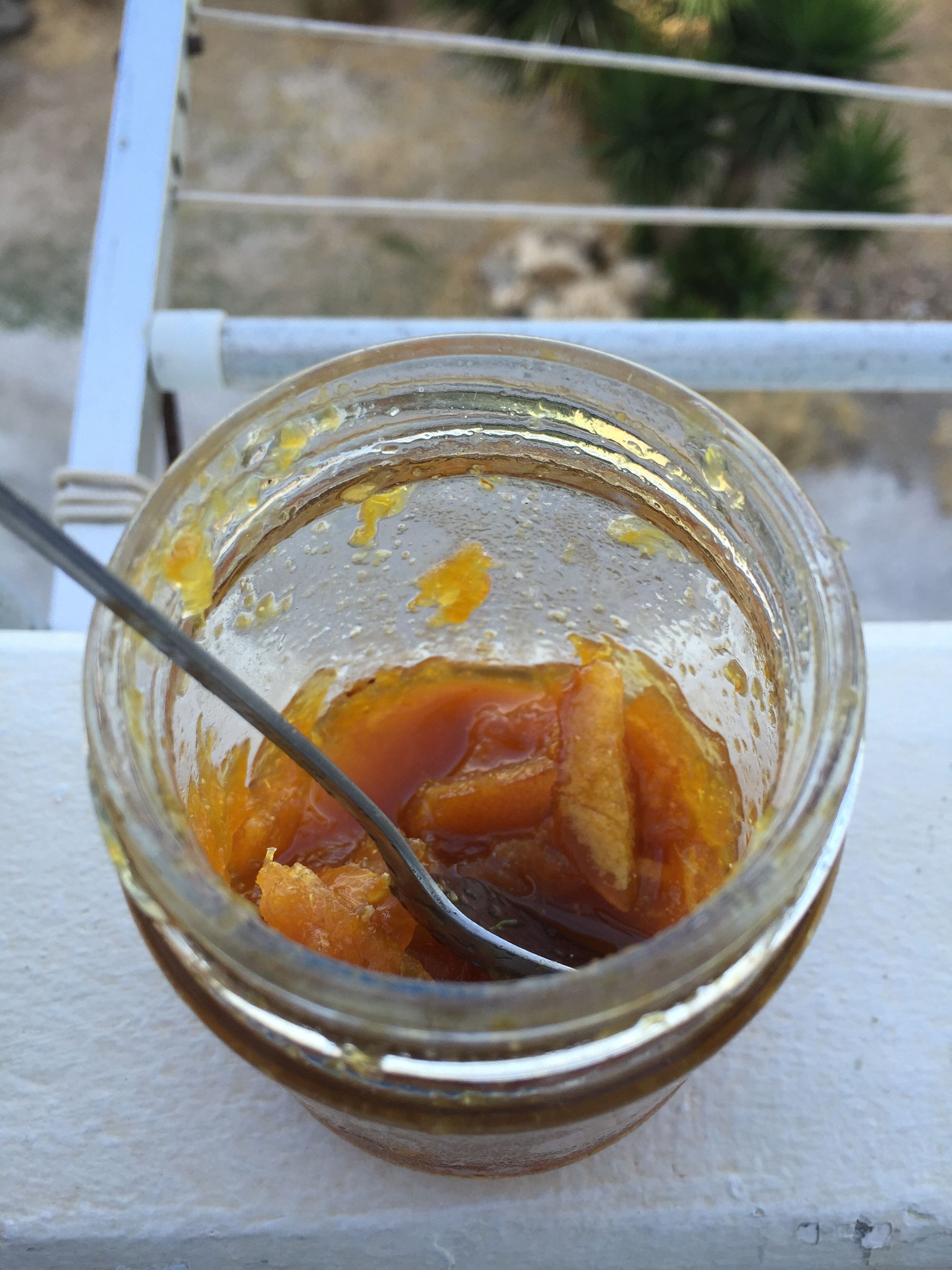
On a recommendation from the hotel owner in Hania we found ourselves in Ravdoucha for a night. We drove west from Hania to the next northern extending peninsula and wound down to the end of the road where we found the lovely Taverna & Studio “Rock On The Wave”. Just four rooms, a taverna and a beach, it was perfect. The owners are a friendly young couple, hospitable and very hard working.
As we found typical in Crete, the food and wine are local and delicious. We were delighted to be offered an entire jar of home made marmalade with breakfast!
Day 12 - Western Coast Crete

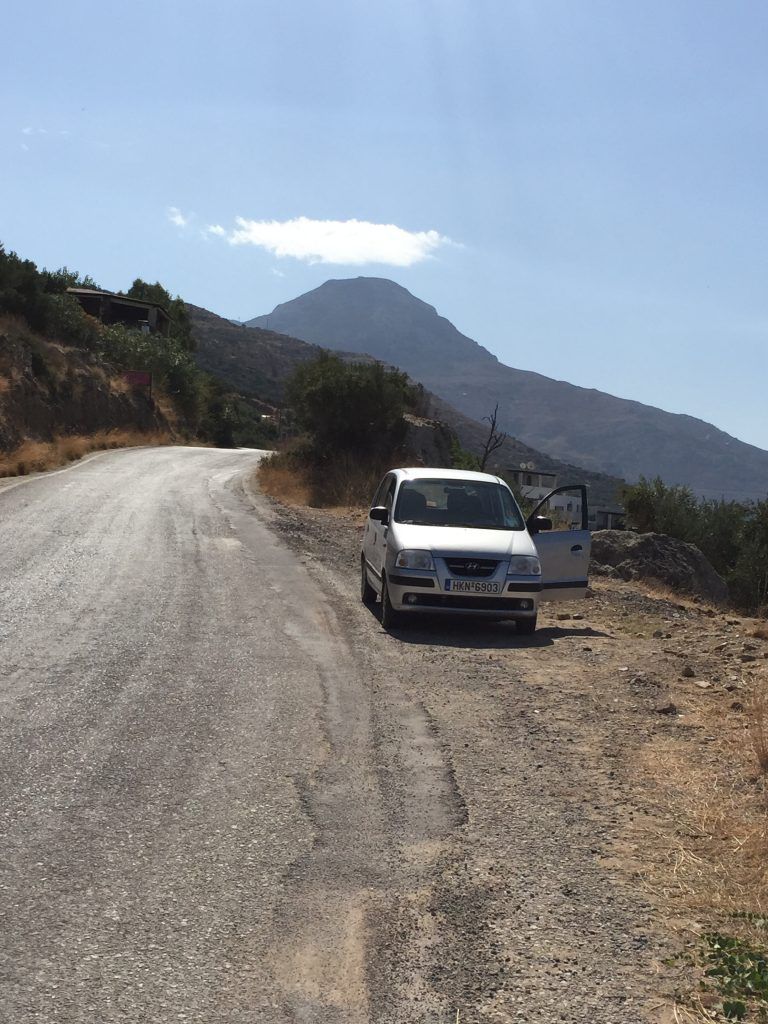
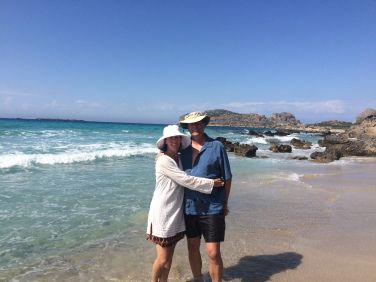
Phalasarna:
We continued our drive as far as we could west to the beautiful beach of Phalasarna (above) that faces unobstructed open sea until Tunisia. After a great swim playing in the small, warm and immensely clean waves we slowly made our way south all the way down the western coast until we arrived in the late afternoon at another spectacular beach, Elafonsi (below).
The roads in western Crete are two-laned, generally windy and often cut sheer profiles without guardrails. There is little traffic and the major hazard tends to be complacency or the occasional tourist bus on a blind curve. Passing is a skilled privilege, especially in a underpowered Hyundai. The engine light came on this day. We ignored it.
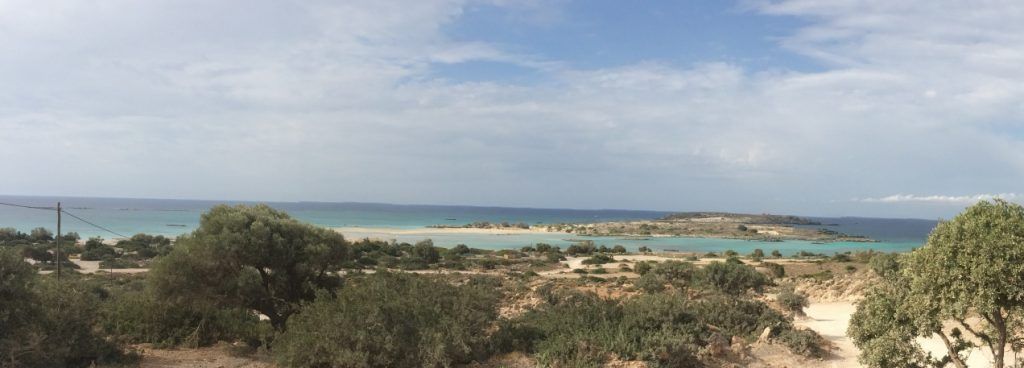
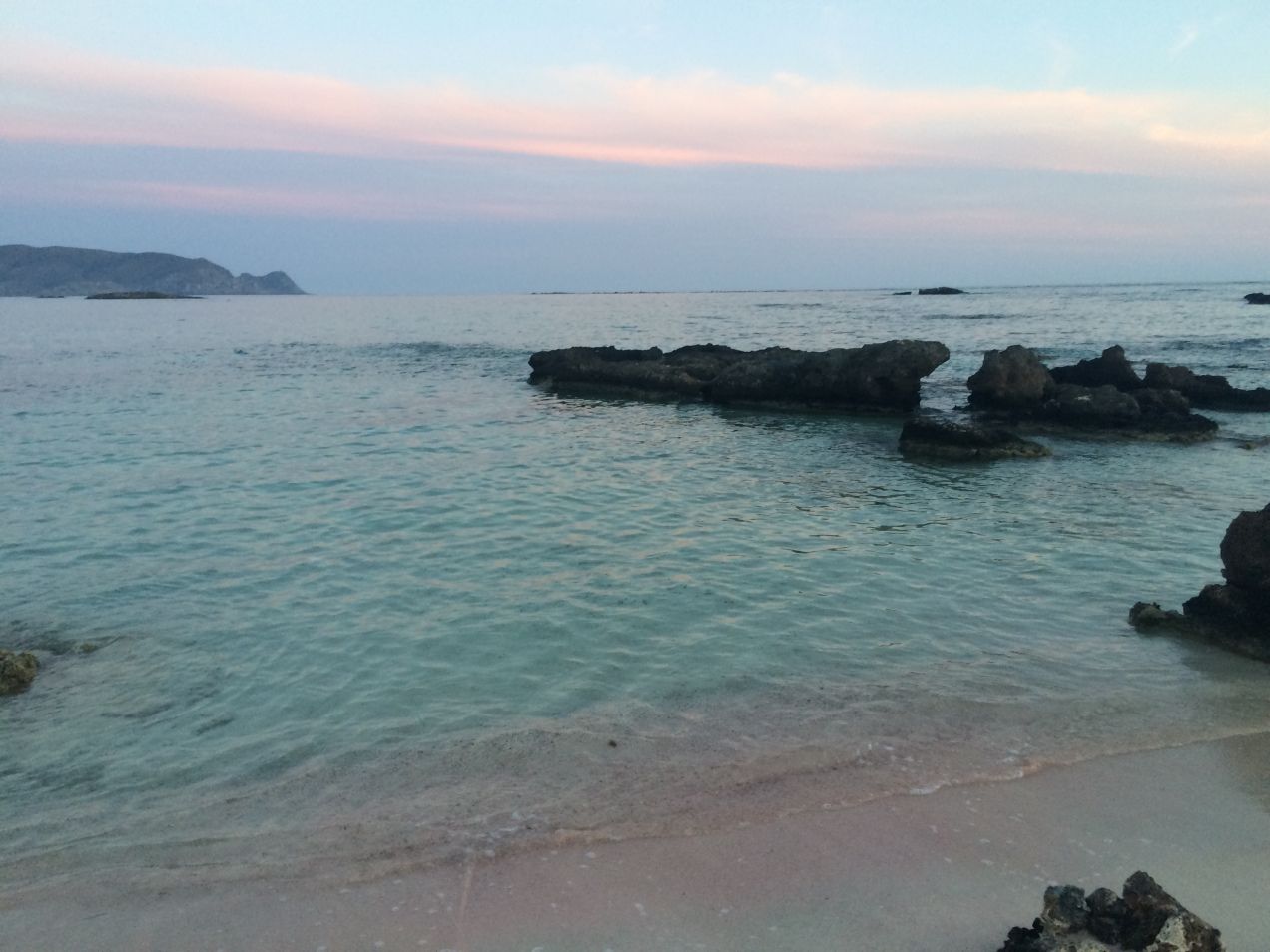
Elafonsi:
On our way to Elafonsi we traversed small village after small village that reminded me of those I saw during my childhood family travels in the 1970’s. A typical scene are a few old men are chatting at the coffee bar, nursing their Greek coffee, while widowed women dressed in black are out doing chores. The roads run right through the center of each town and often narrow to a single lane for short periods. Between villages are fields of mostly olive orchards or vineyards.
Elafonsi is a national park and rightfully so. Set on an unusual peninsula it possesses a signature pink sand that follows the edge of the water and contrasts beautifully with the blue water and darkly colored rocks.
Day 13 - Sougia
We were looking for a pleasant seaside village to spell us from driving for a few days and one that doubled as a good launch pad for hiking the Samaria Gorge. Sougia fit the bill!
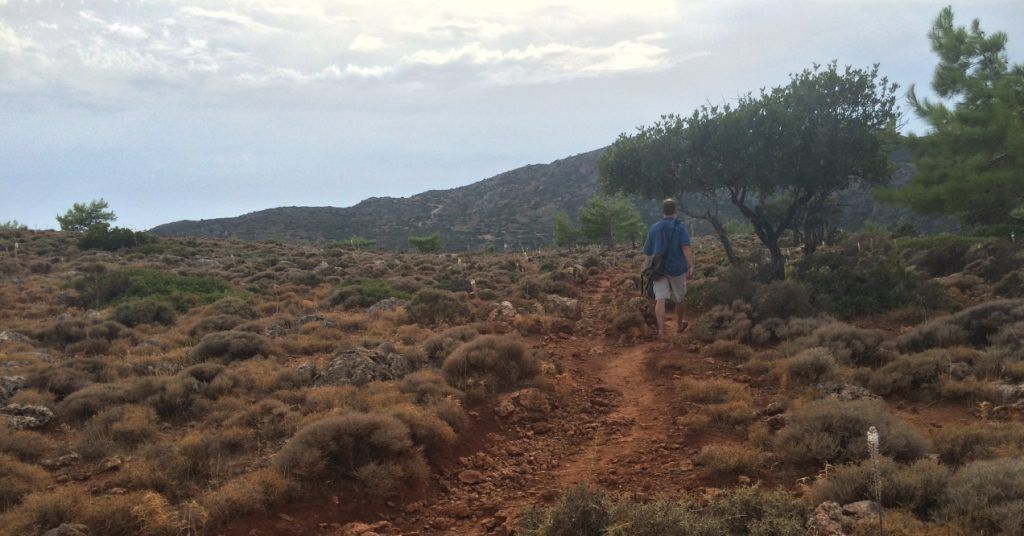
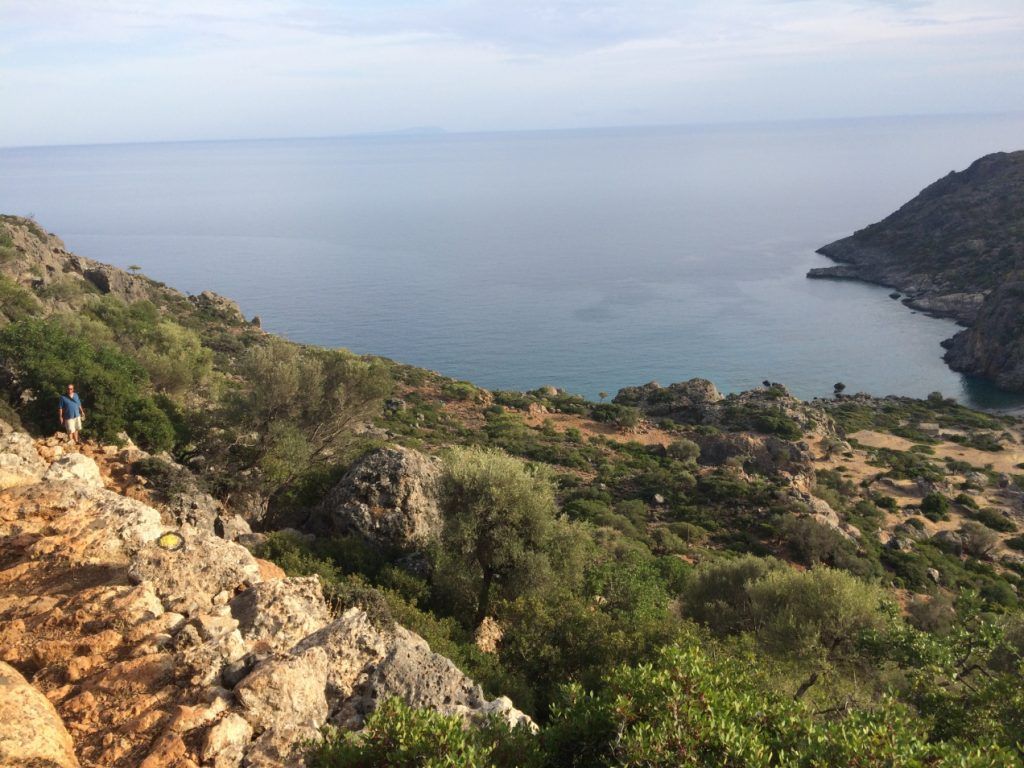
On arrival, after lunch, of course, our first venture was to hike over the hill and visit the ancient Greek ruin of Lissos.
Lissos existed for 1000 years or more before being abandoned in late antiquity. It even had its own mint. Today, there is not much of structural antiquity left to see apart from a Roman mosaic floor. The famous ancient spring still provides refreshing liquid for parched throats. Building stones dot the landscape and pottery shards litter the ground.
Unfortunately we had just a little time to explore before dark and our pre-arranged boat arrived to take us back to town! I would enjoy a chance to visit again.
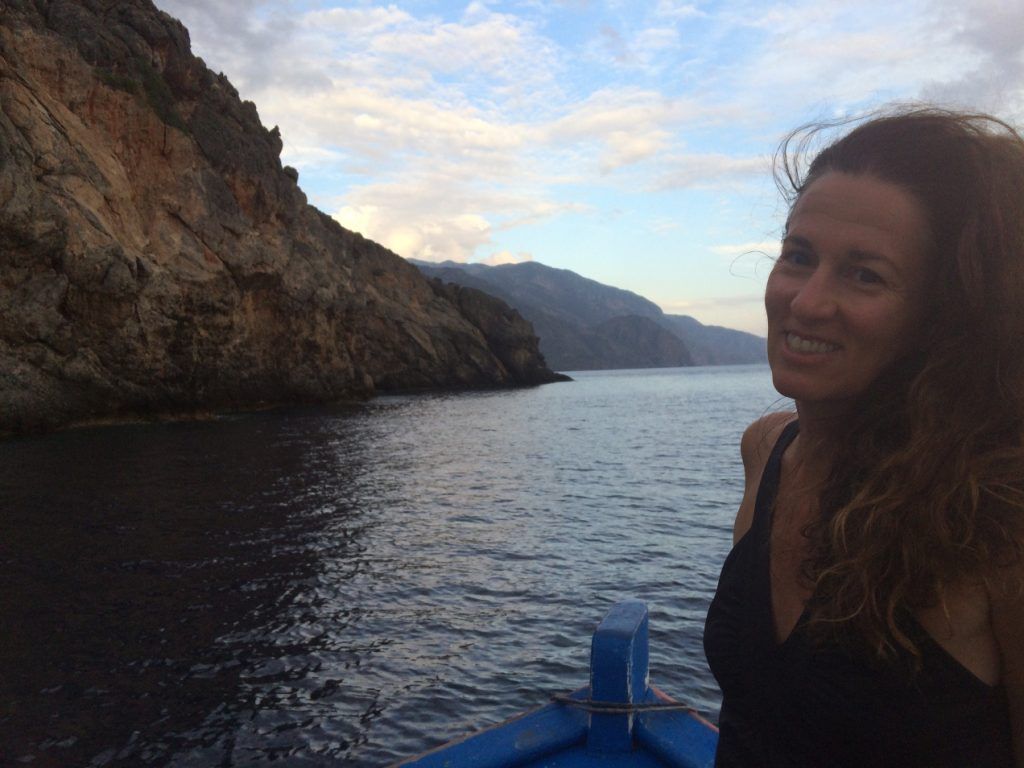
Day 14 - Sougia
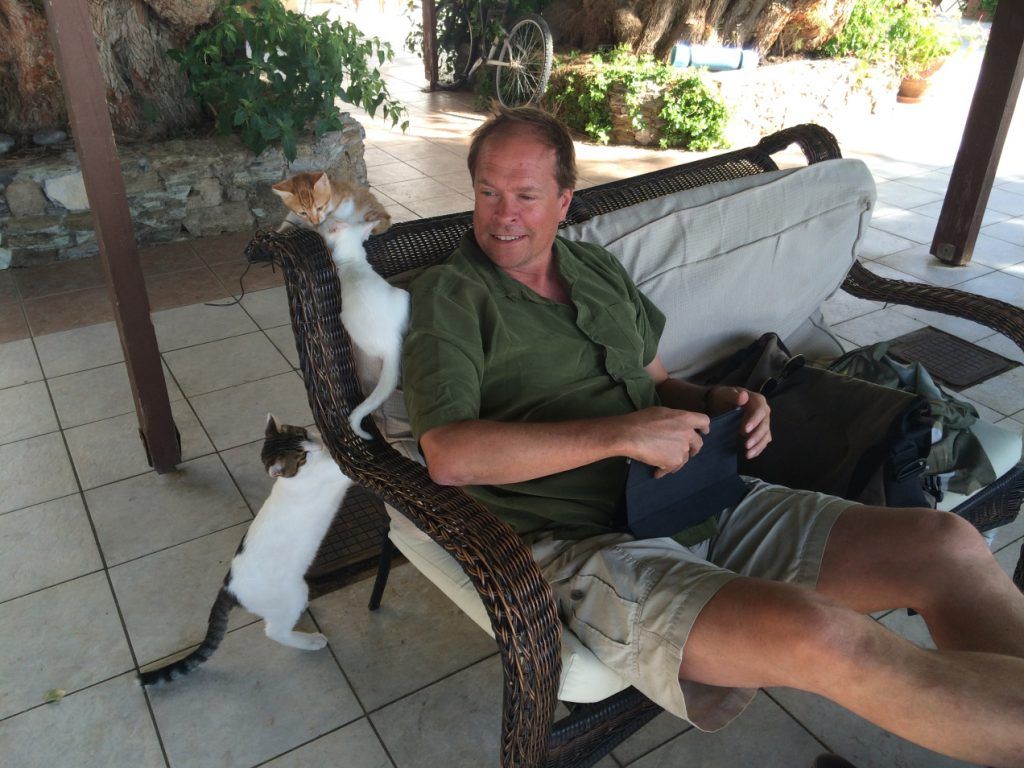
We started our “down” day with morning reading and kittens running wild. Mama gatto wouldn’t be left out either …
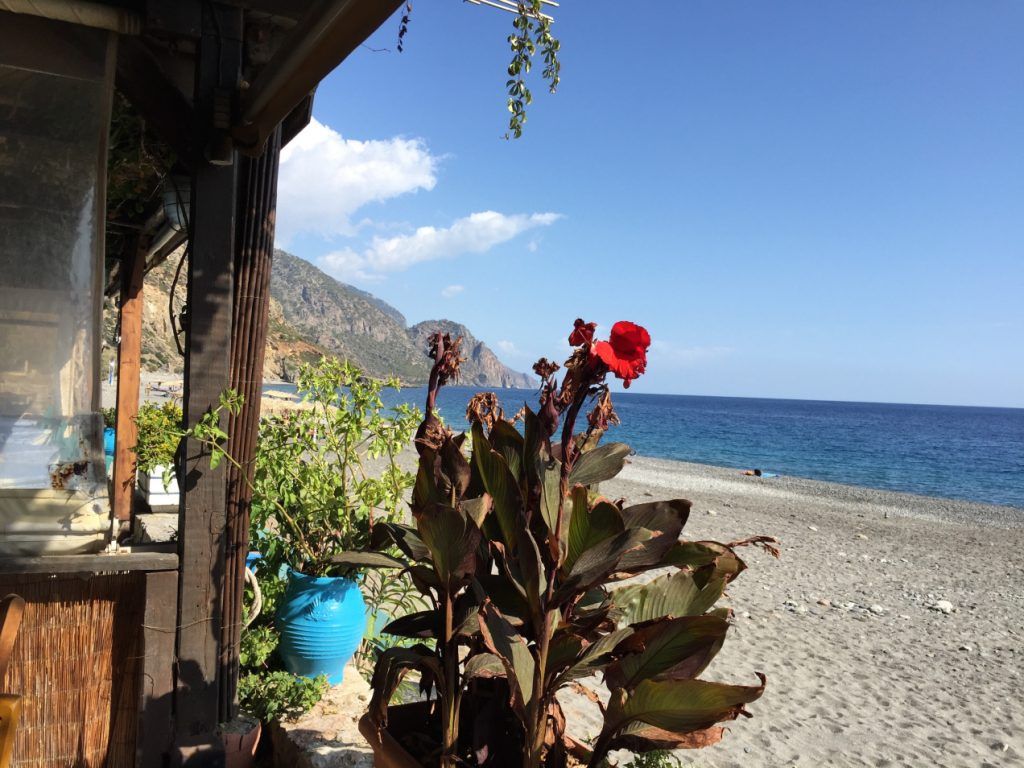
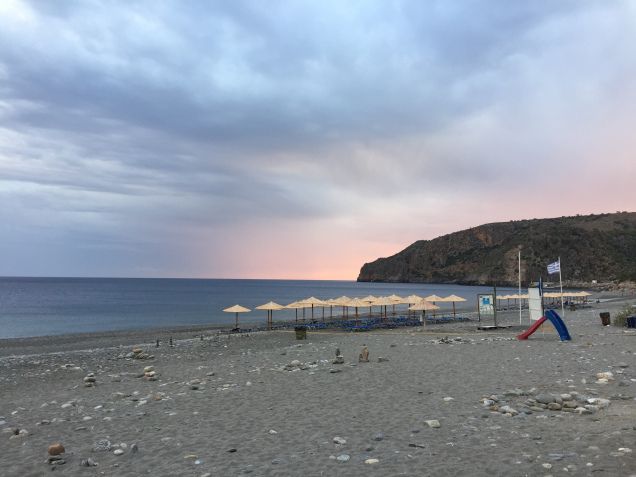
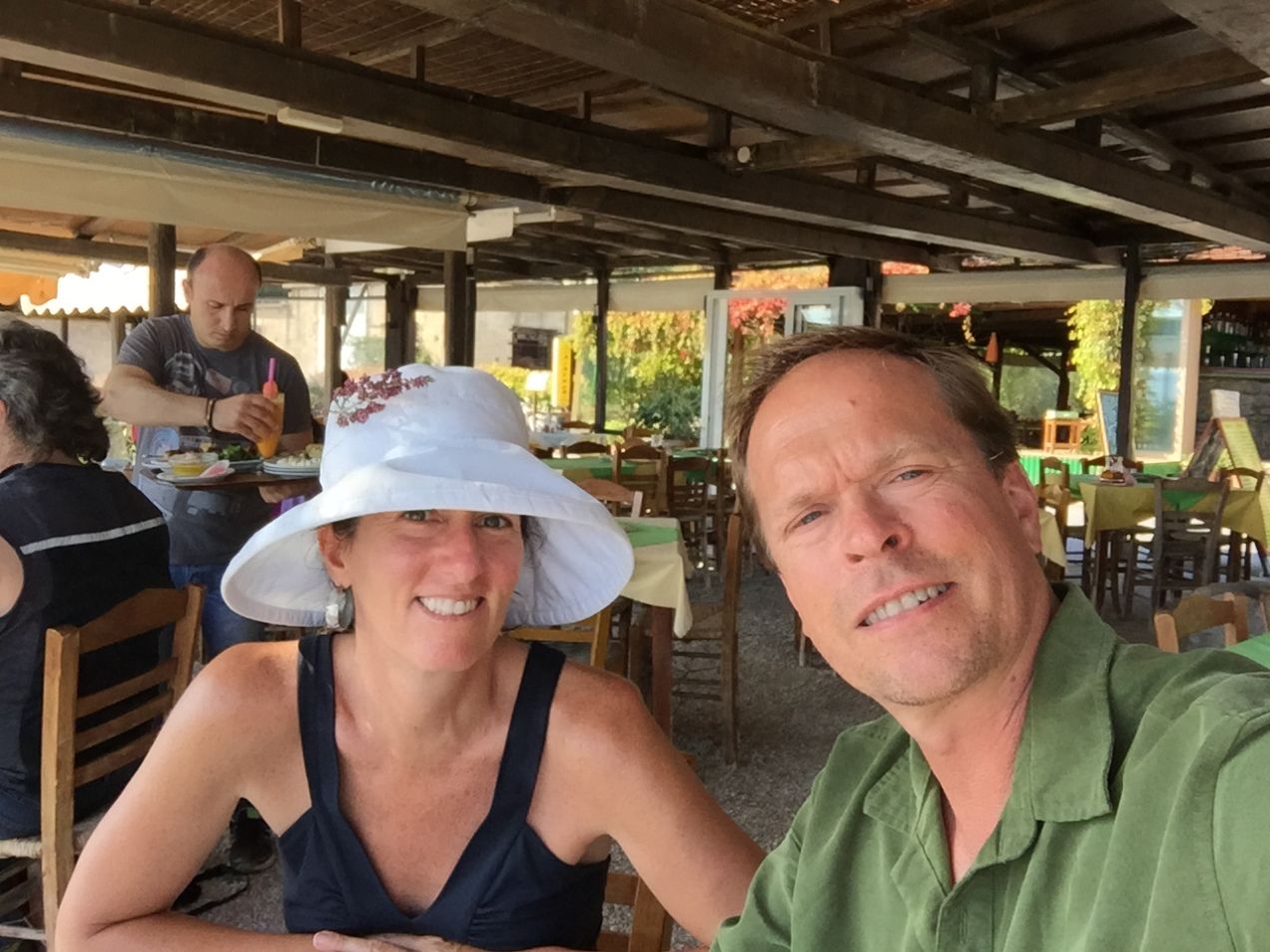

This was followed by lunch, drinks, nap, swim, dinner, drinks and shopping for the local essentials.
Day 15 - Samaria Gorge
The Samaria Gorge was one of the few premeditated destinations for this trip. We caught the 7 am bus from Sougia to the top of the gorge and began our ~10 mile trek about 2 hours later, hiking down and through the gorge to the seaside. The journey took us just over 7 hours to complete and completely lives up to its reputation. A post hike dip in the sea, followed by calamari and chilled white wine was never better received. The ferry took us back to our starting point. Mission happily accomplished!
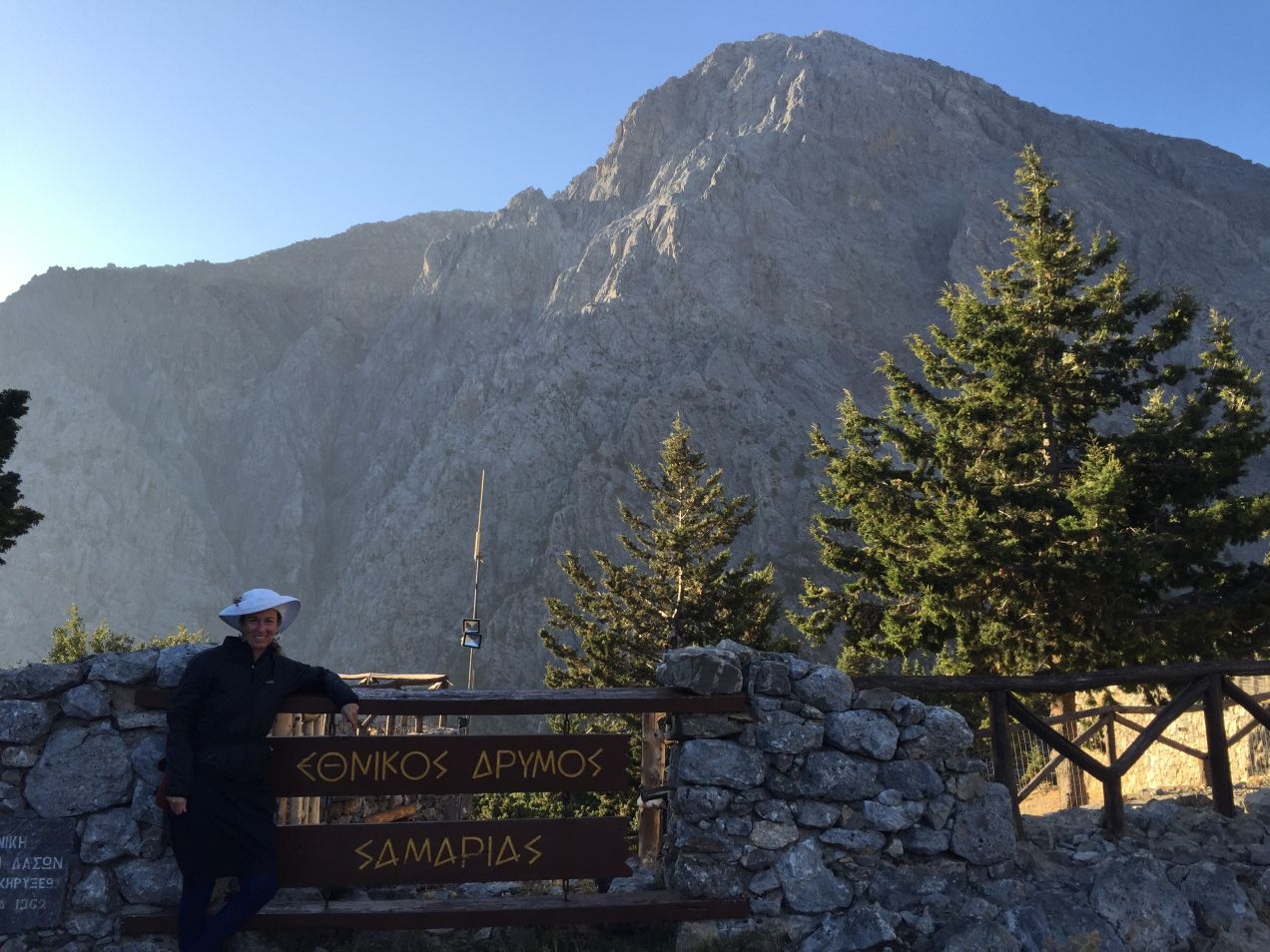
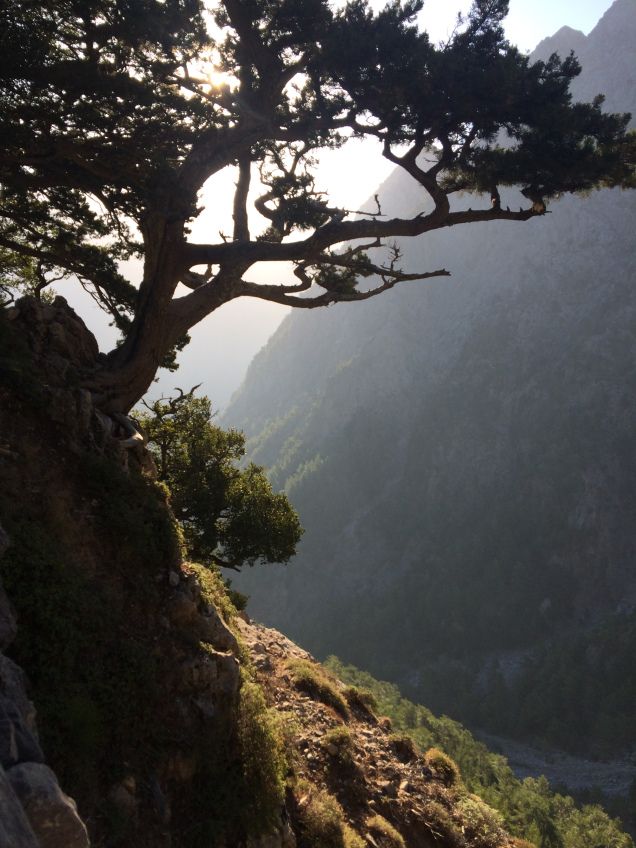
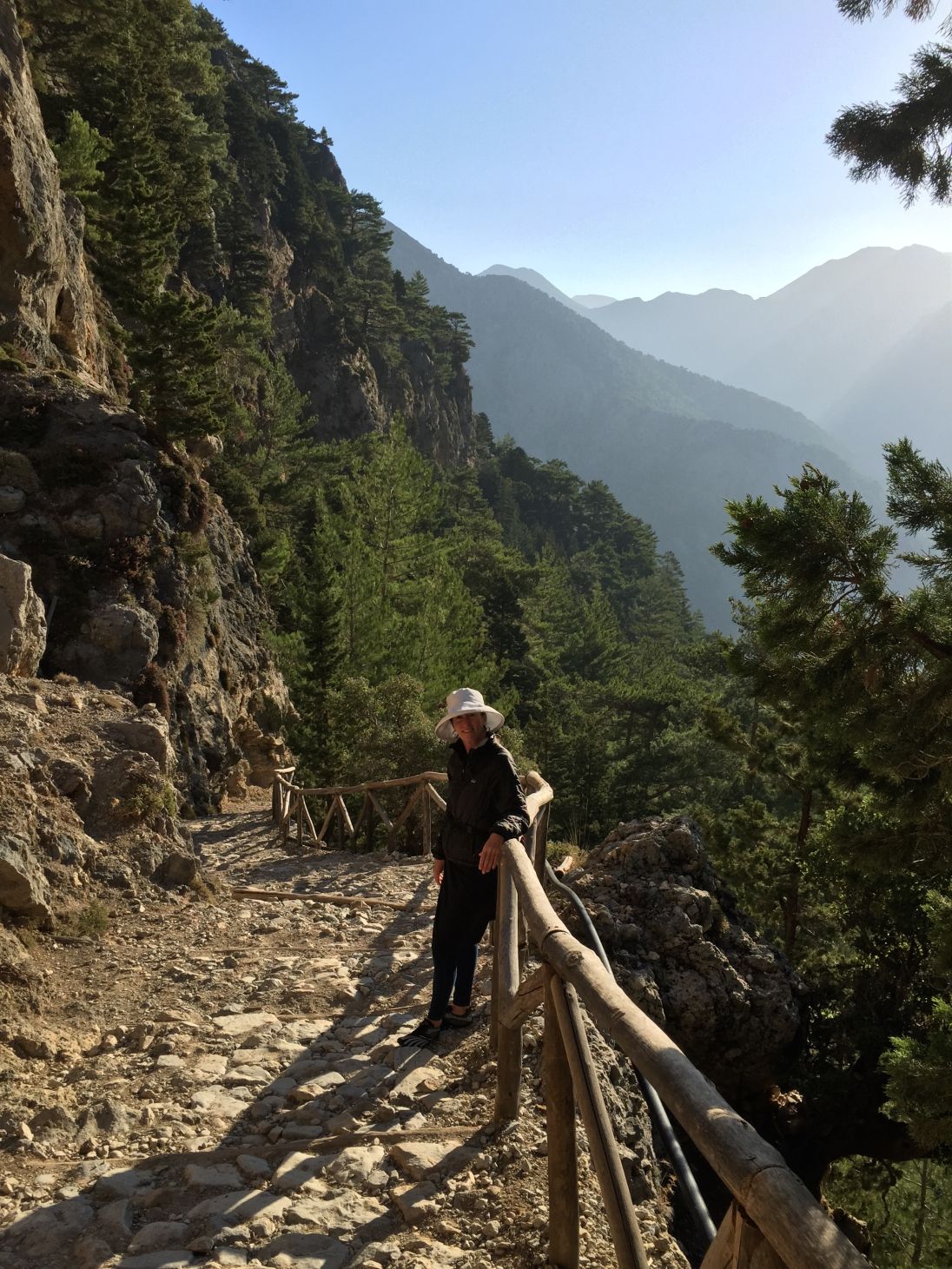
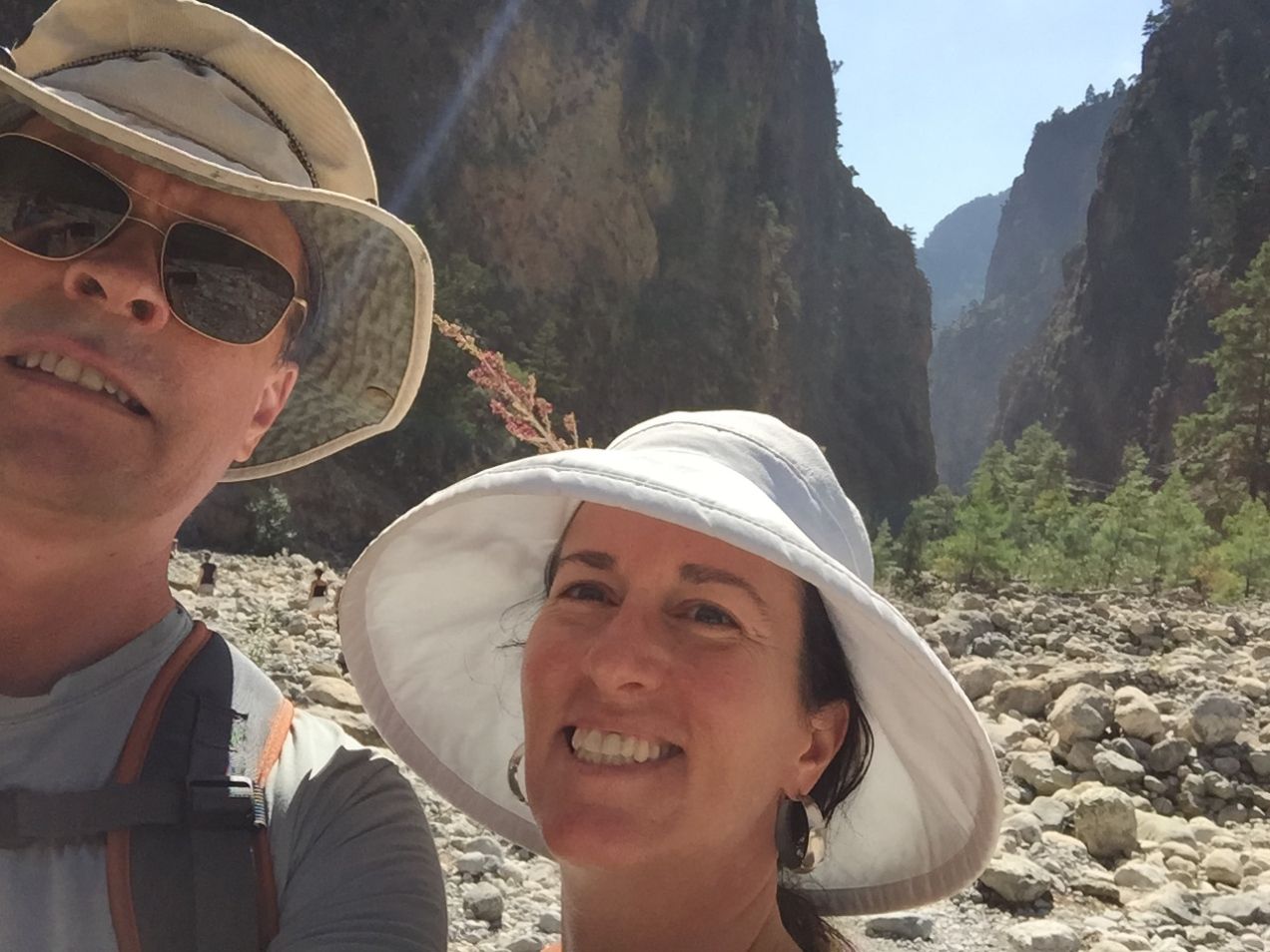
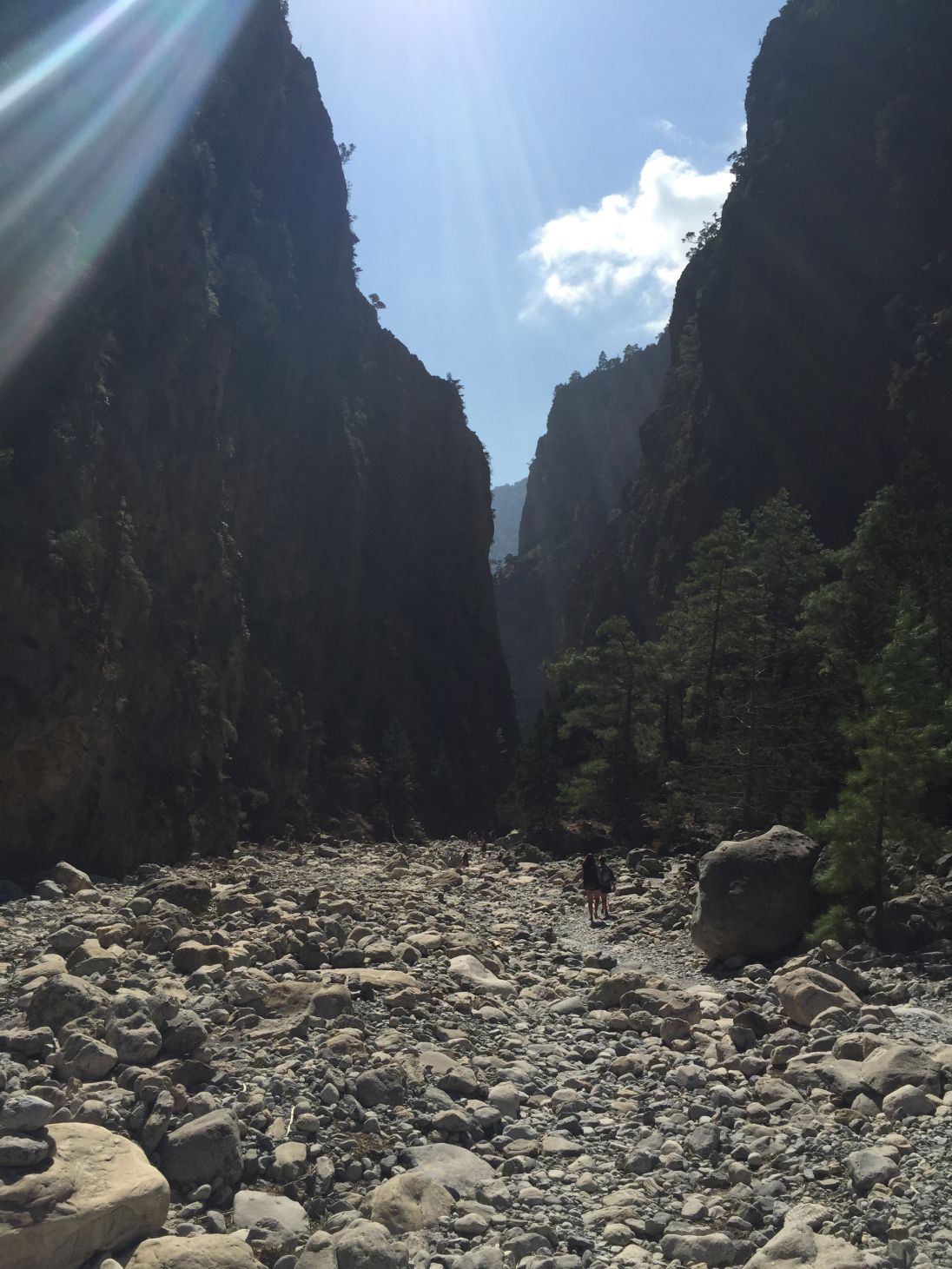
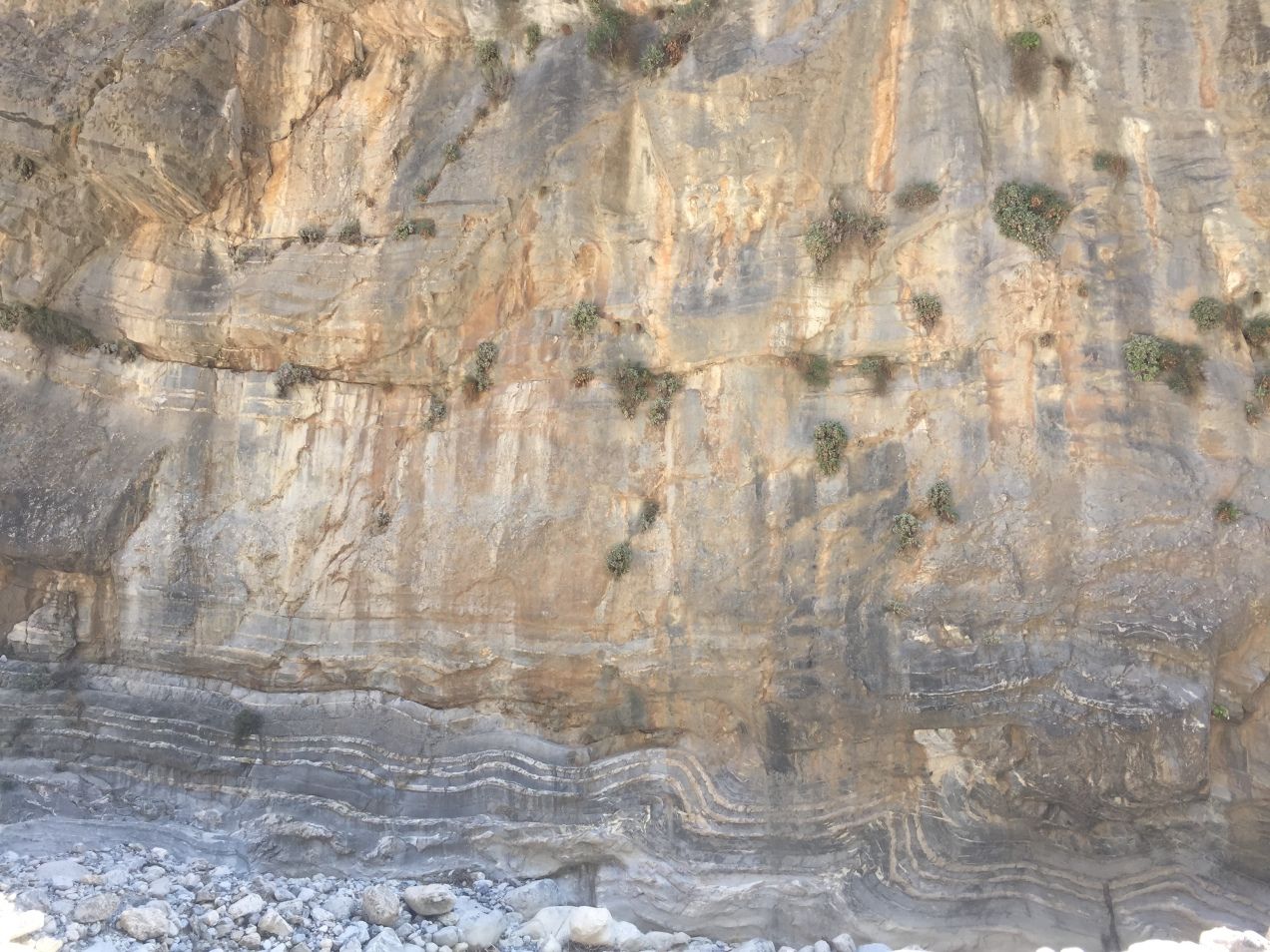
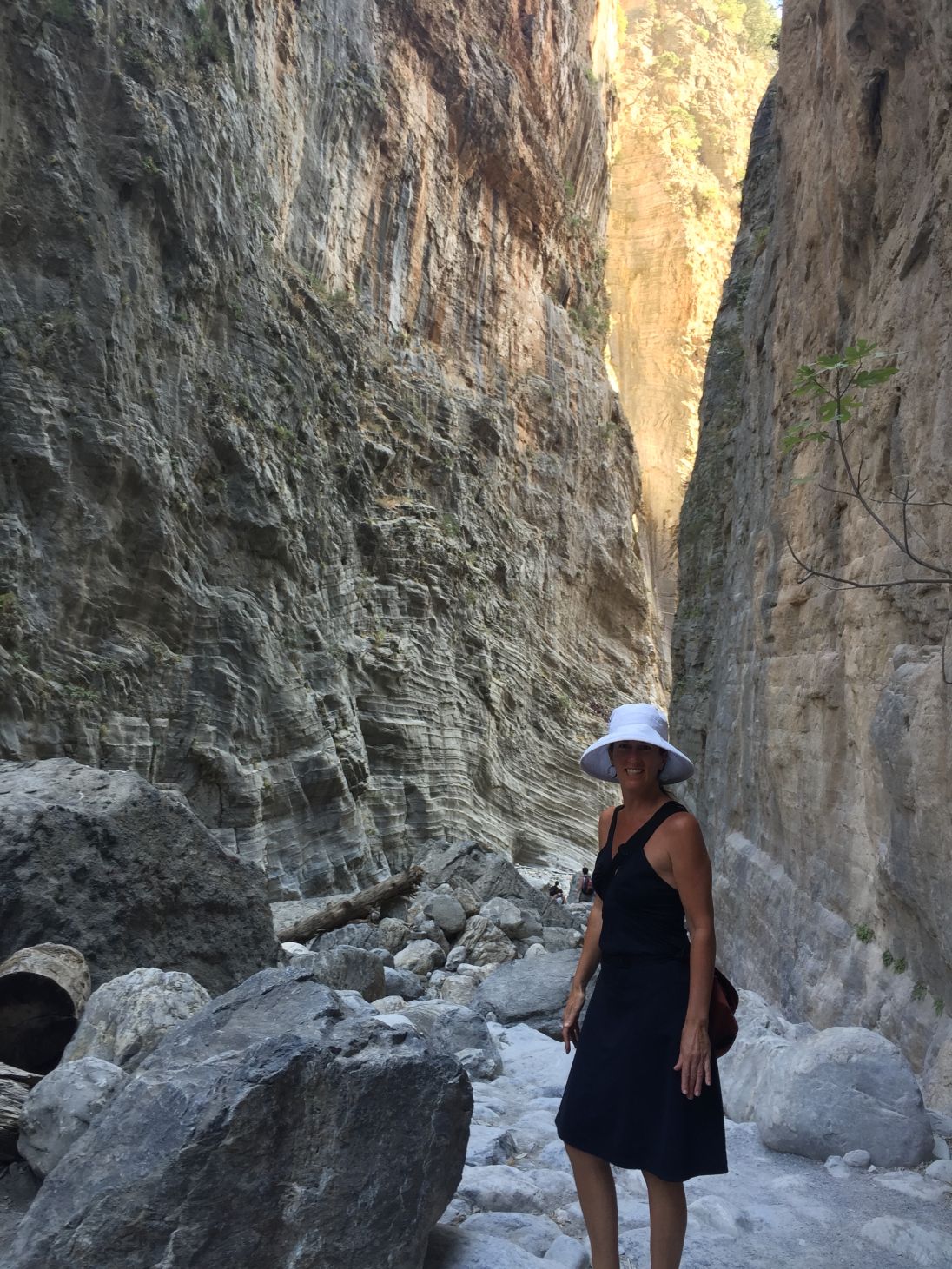
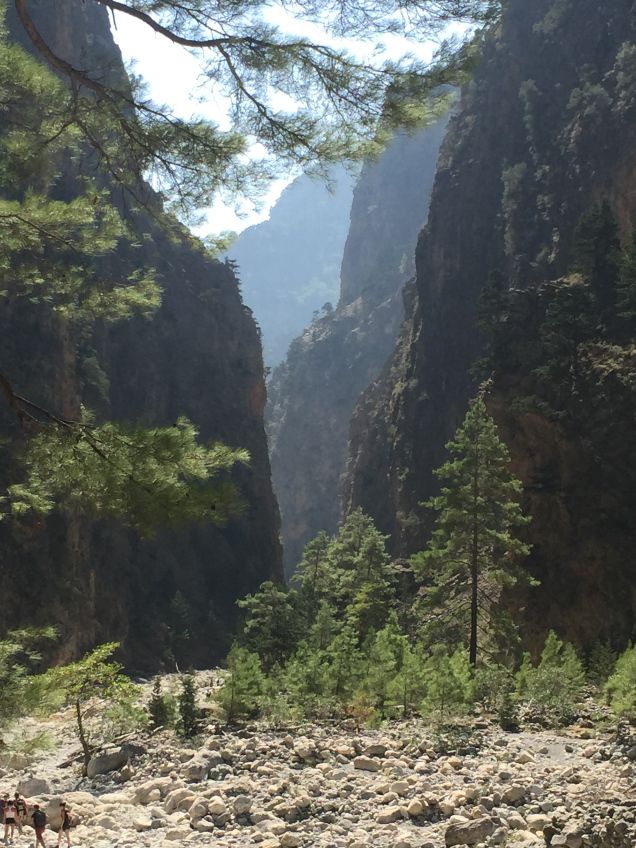
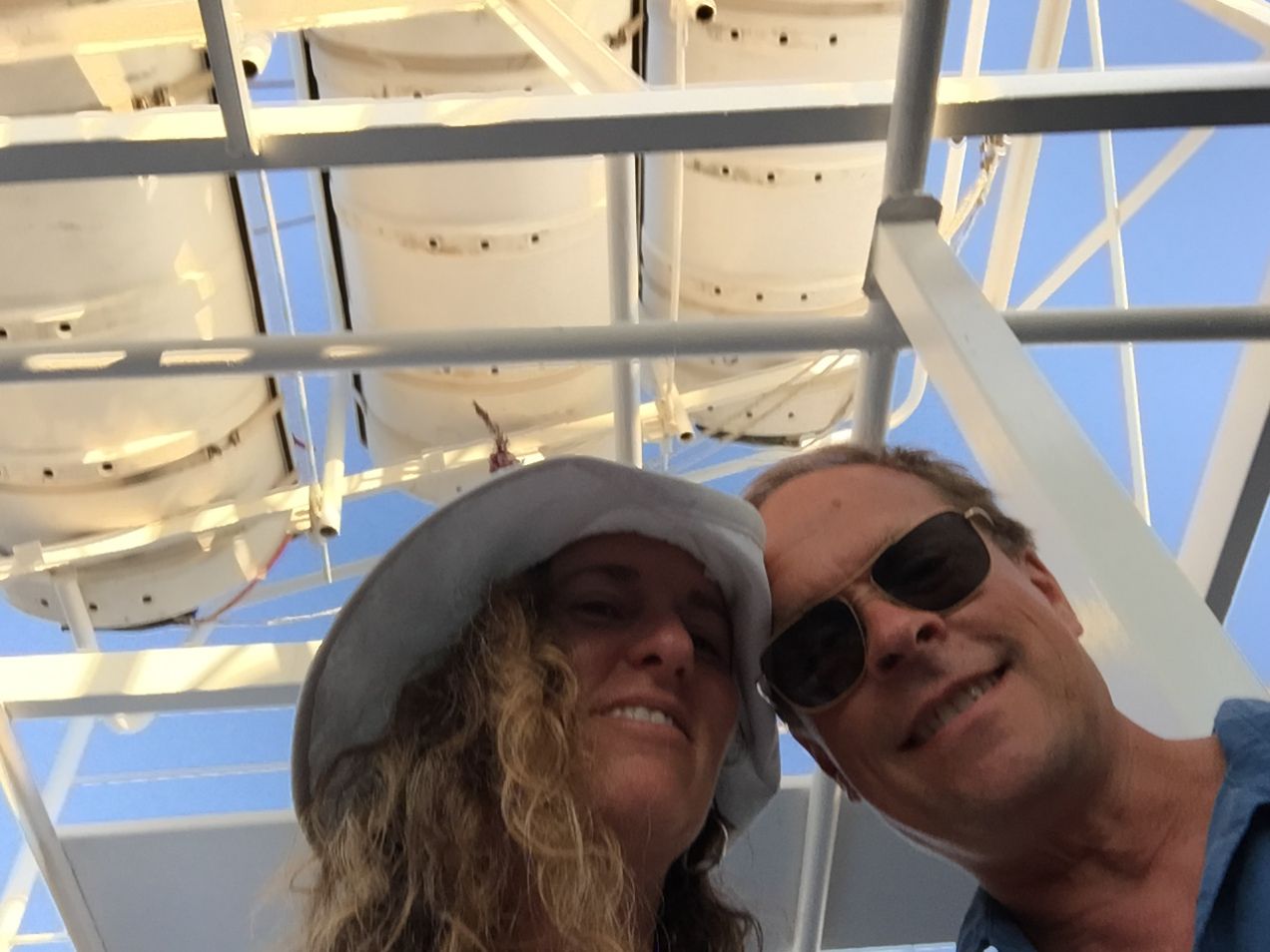
Day 16 - Loutro, the decent
The Samaria gorge resides within the Cretan White Mountains, a landscape that remains very difficult to traverse, even on foot. It is within these mountains that repeatedly over the centuries enclaves of Cretans outlasted their intruders and carved out life on their terms.
The mountains afforded us no exception. To move 25 miles east along the southern coast of Crete we had to drive 100 miles in total to the north coast, then east, then back south, around the White Mountains, until we arrived to our next destination, Loutro.
We were attracted to Loutro for peace, quiet and swimming, augmented by the fact that you can arrive only by ferry, boat or foot. We chose foot, driving as close as we could, and walking the remaining 30 minutes.
This video shows a portion of our road decent to to where we started walking. I love the freedom of exploring by car and this vignette is playful example of unplanned adventure to be had in unknown lands.
Day 17 - Loutro
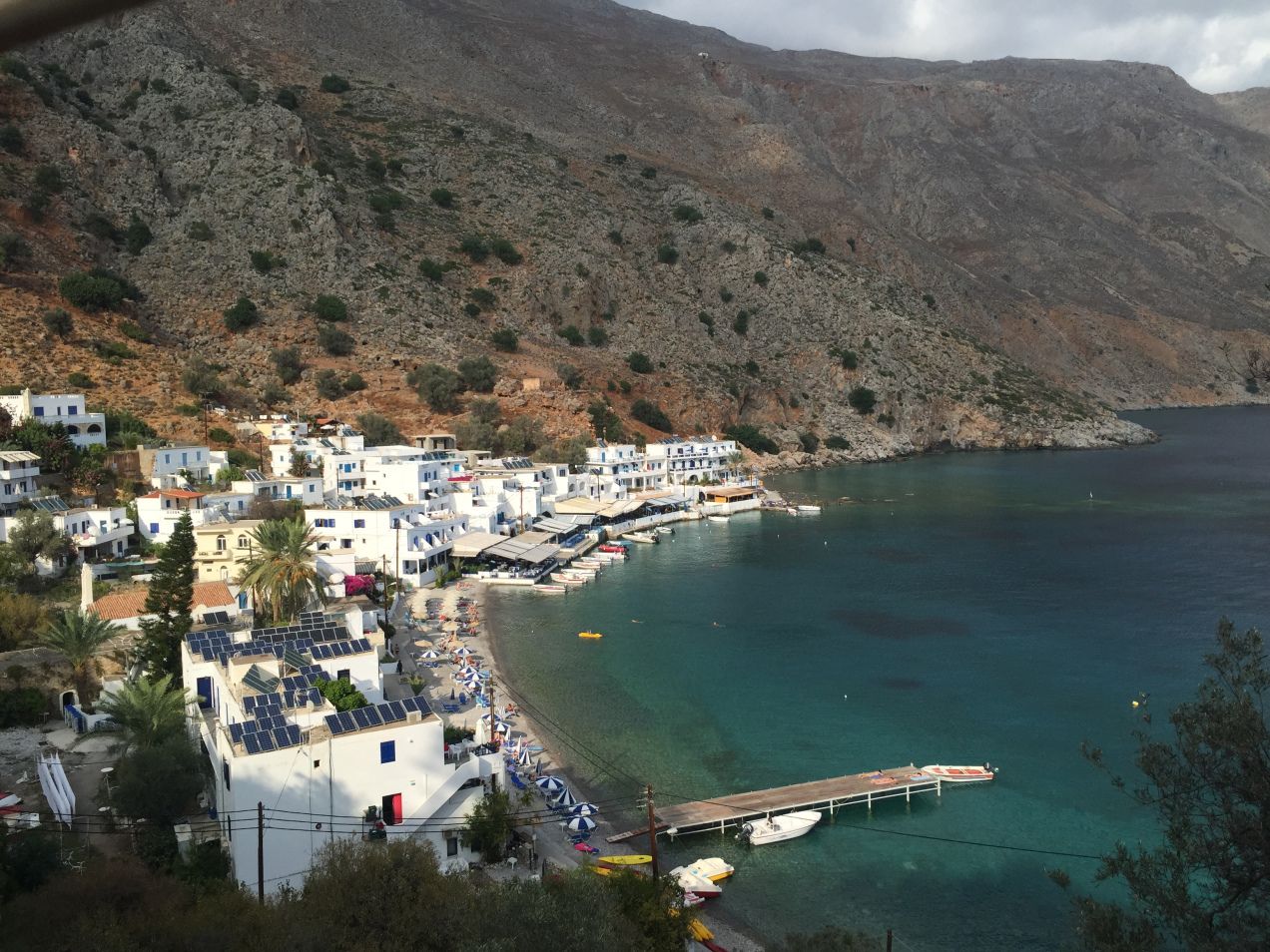
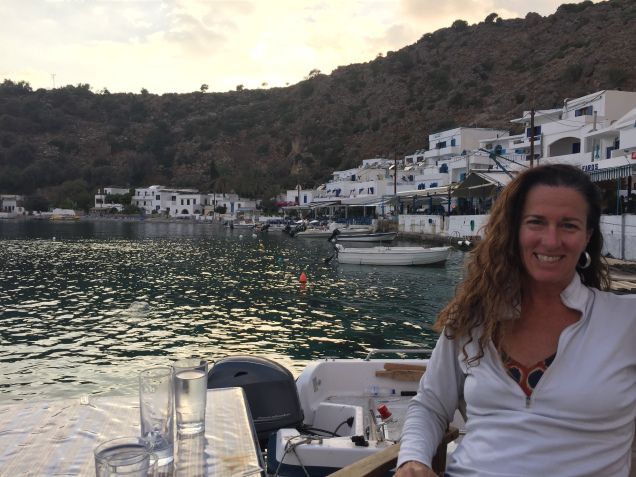
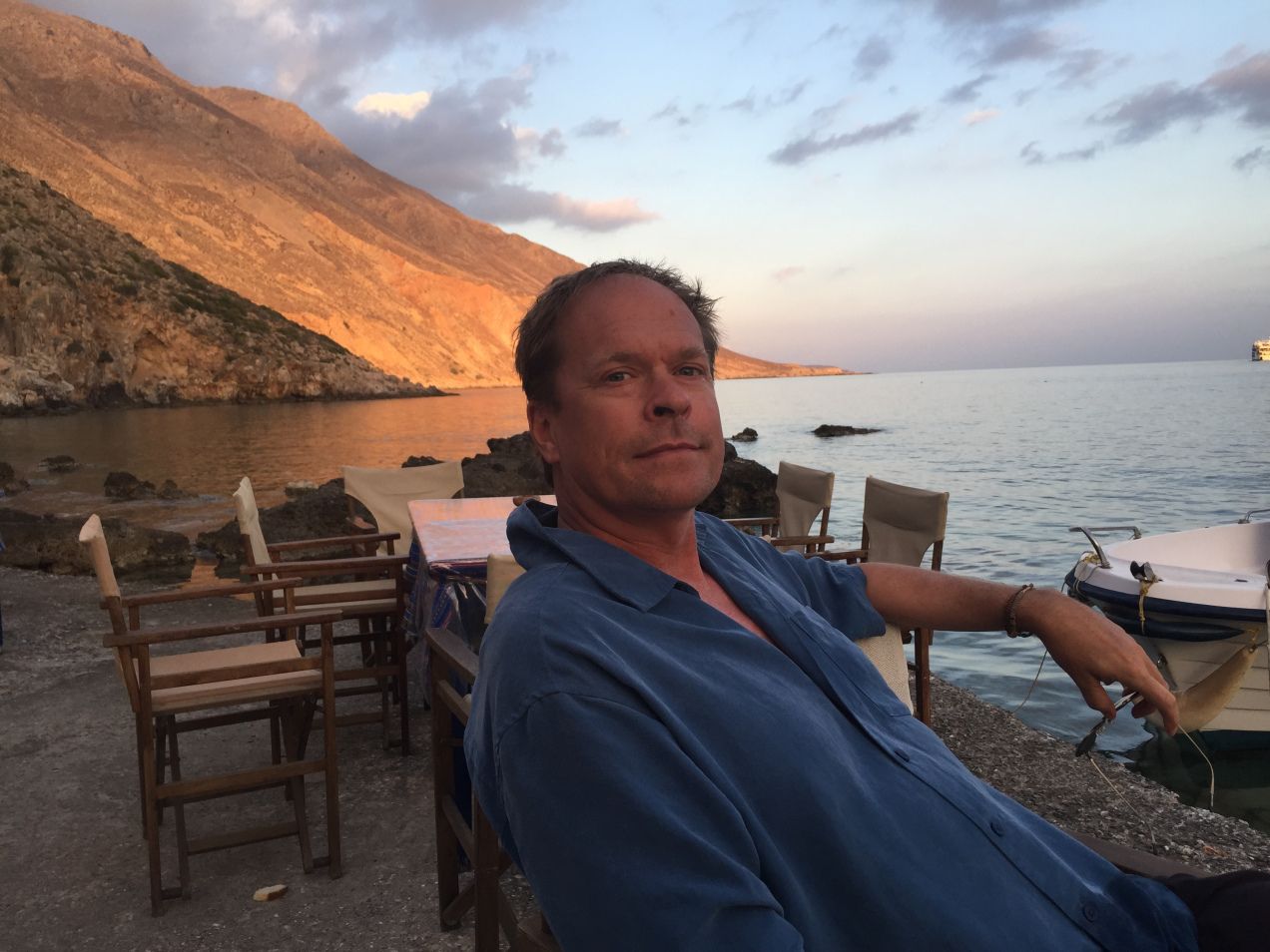

Possessing one of the few natural harbors on the southern coast of Crete, Loutro has been inhabited forever. Nowadays it is a simple summertime village filled mostly with casual hotels and tavernas.
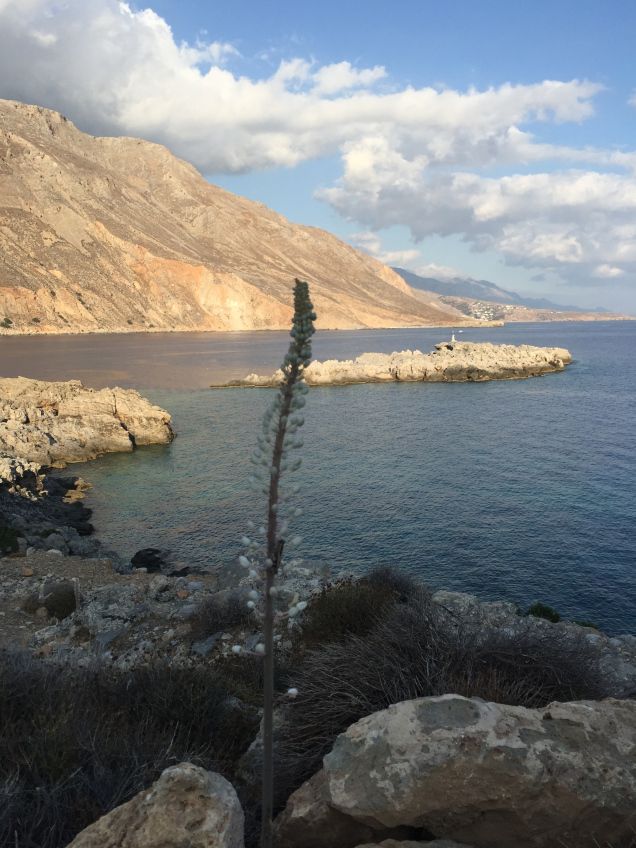
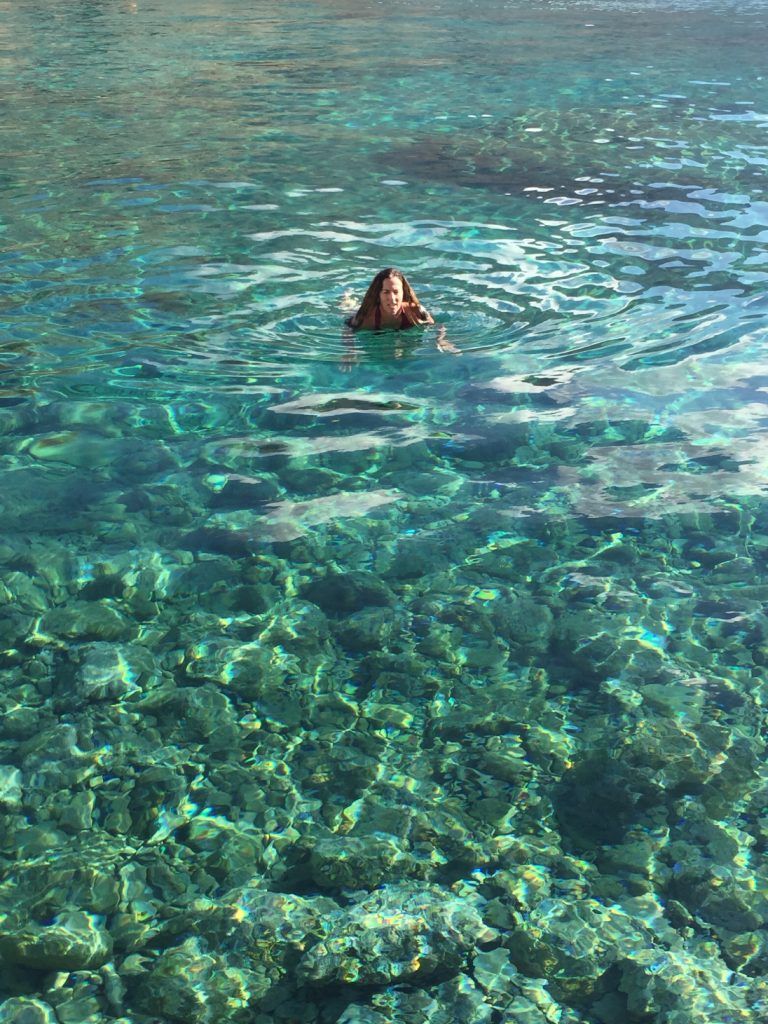
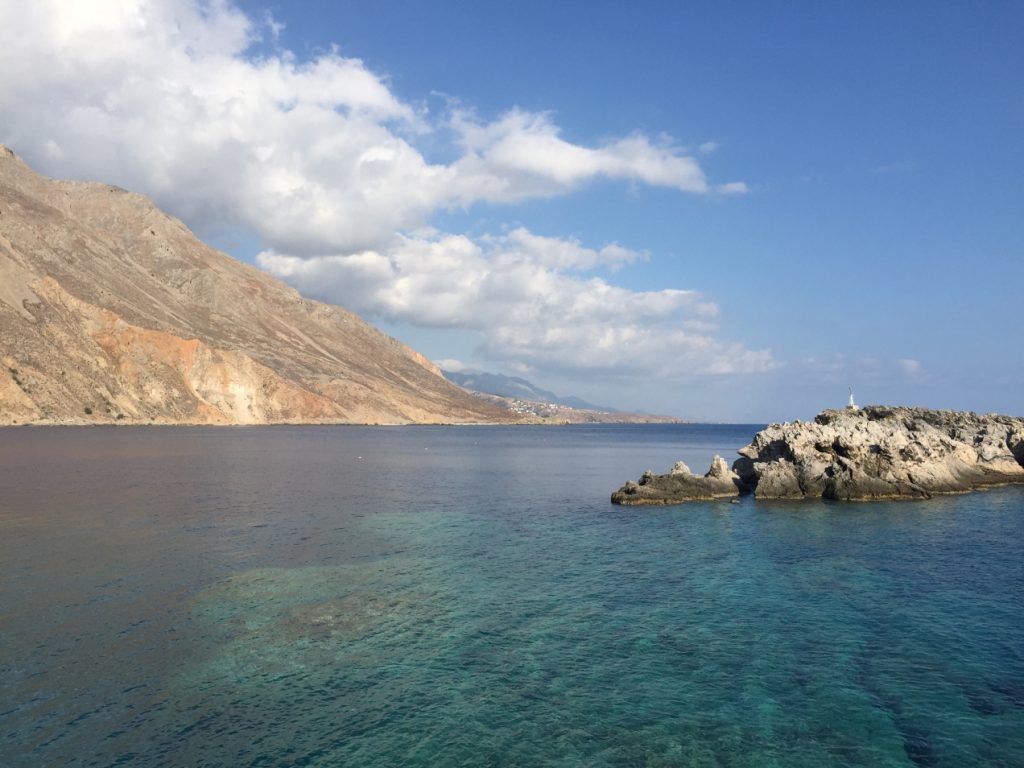
Serine and beautiful one could spend quite some time here reading, swimming and relaxing.
Day 18 - Loutro
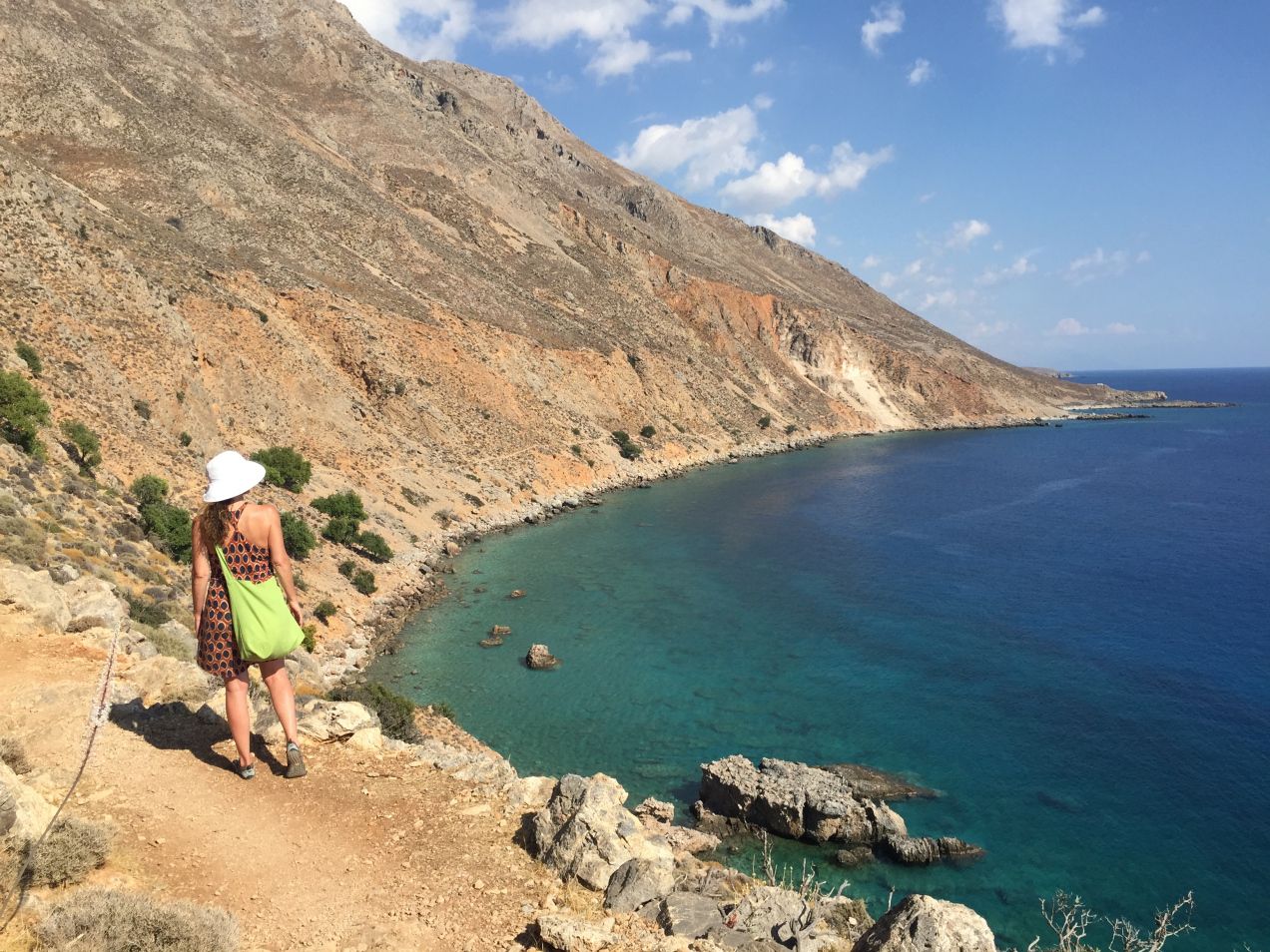
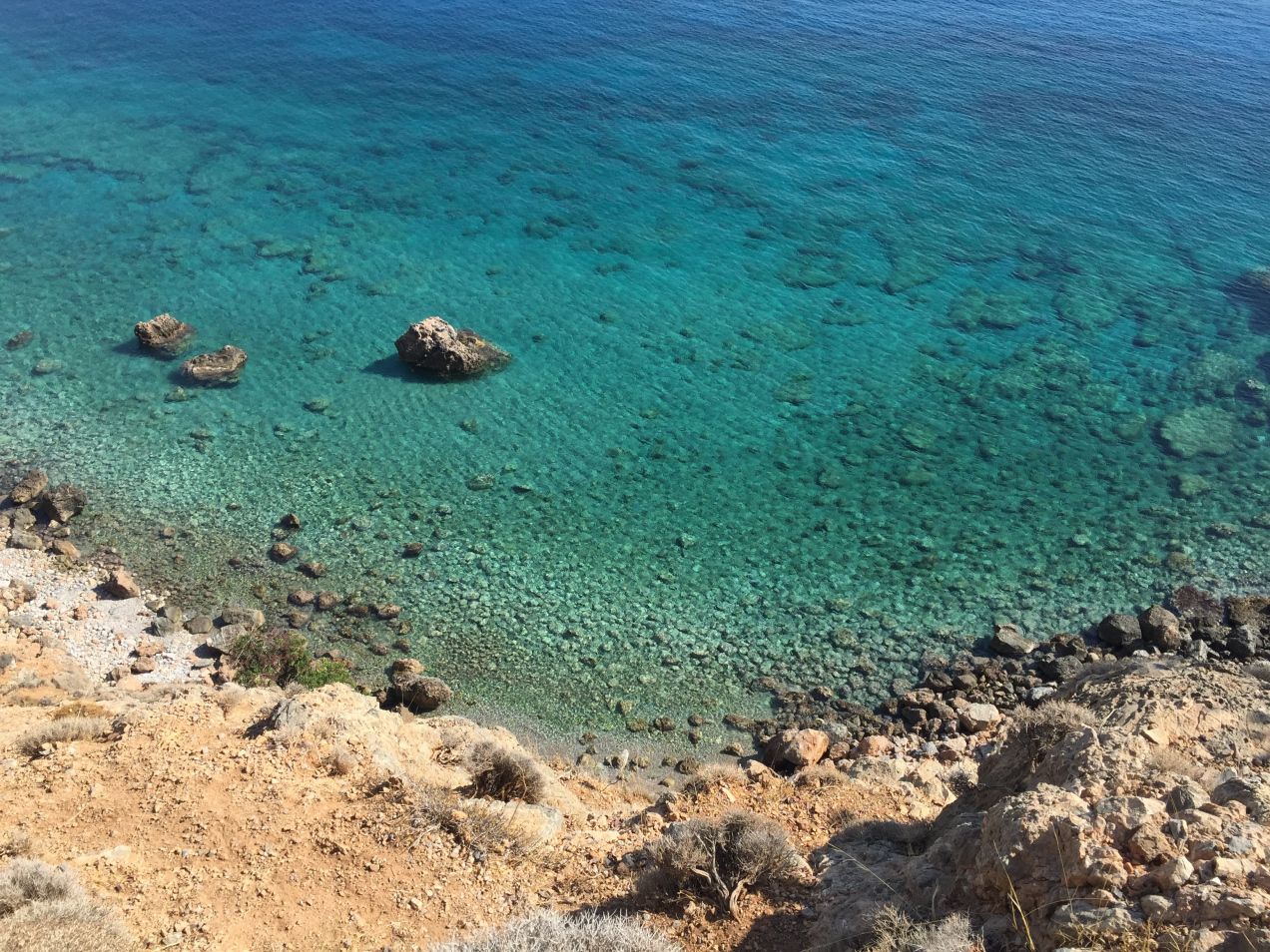
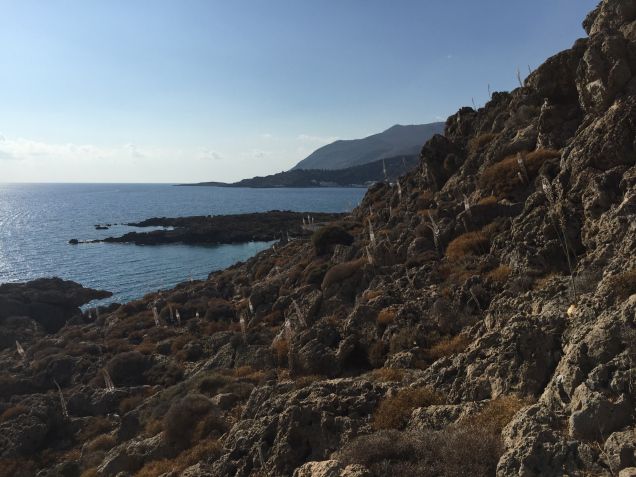
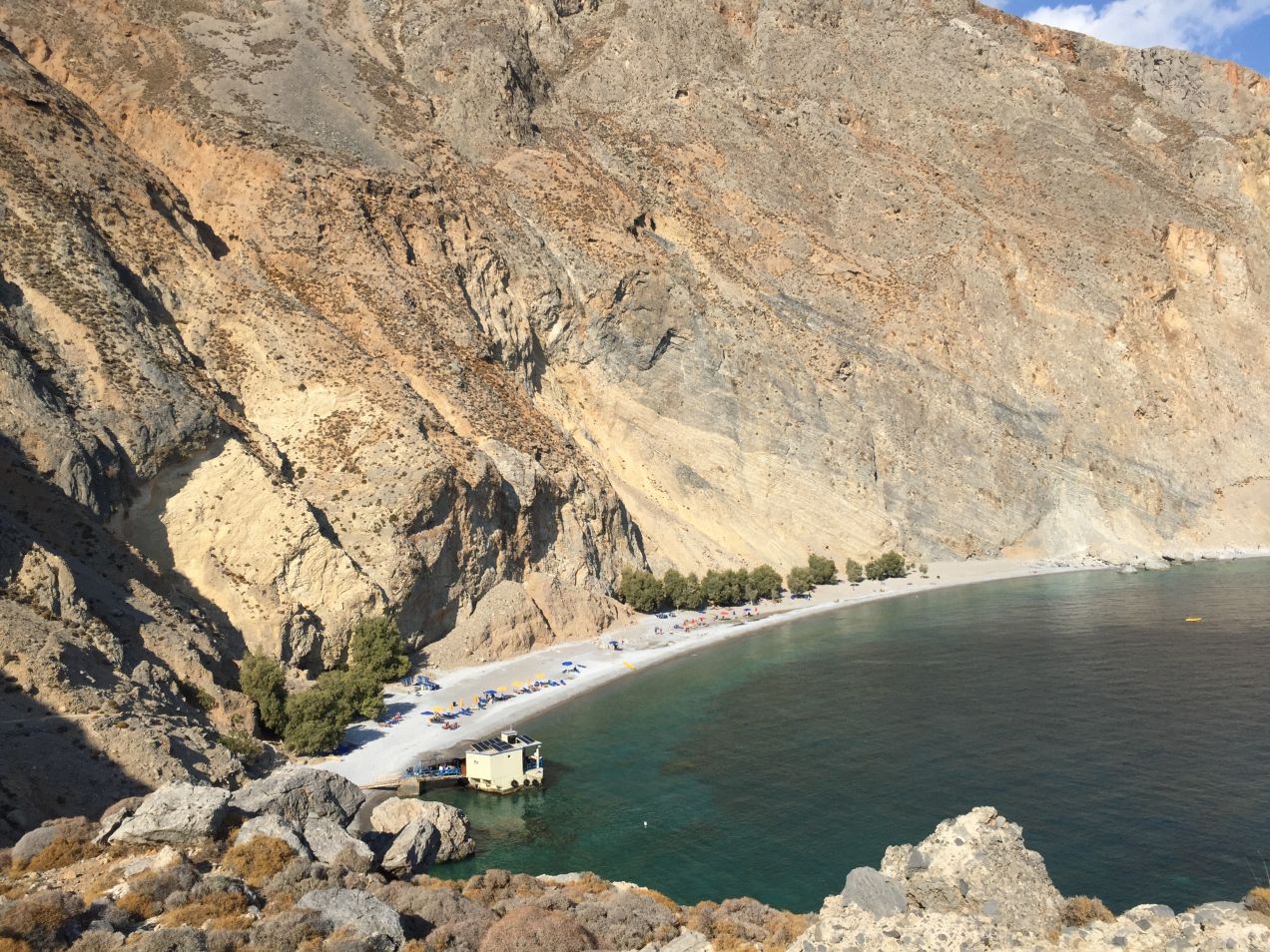
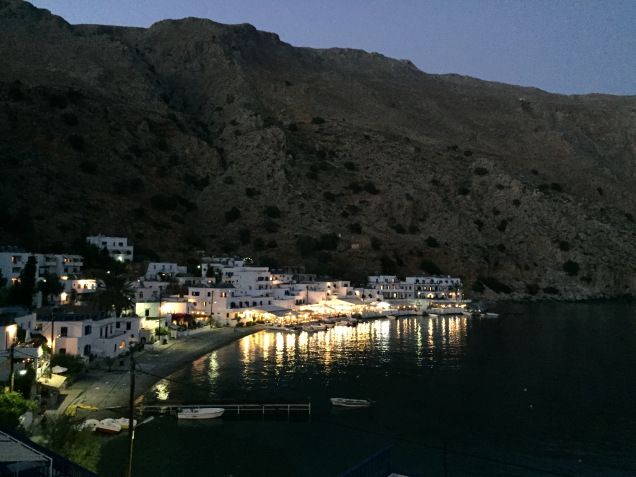
No agenda …. walk, swim, repeat. The water is still warm in October, the sun is hot, but perfectly so …
I noticed a curious phenomenon that occurs along the coast of much of southern Crete. Spring water runs through the porous limestone mountains and exits along the water’s edge. As a result, often a layer of cold, sweet water forms atop the more dense salt water. You can feel the cold water exit through the beach pebbles with your toes as well as the accumulated layer on top. Contrary to initial expectations, the water warms as you swim away from the beach where the water is better mixed!
Day 19 - Matala

Matala turned out to be our final resting spot before starting the long journey back home. An infamous town back in the 60’s, known as a hippy hangout full of free love and free rent living in the rock caves along the cliffs. No doubt loads of fun! Of course the hippies were not the first to live like this, they simply followed the ancient ones.
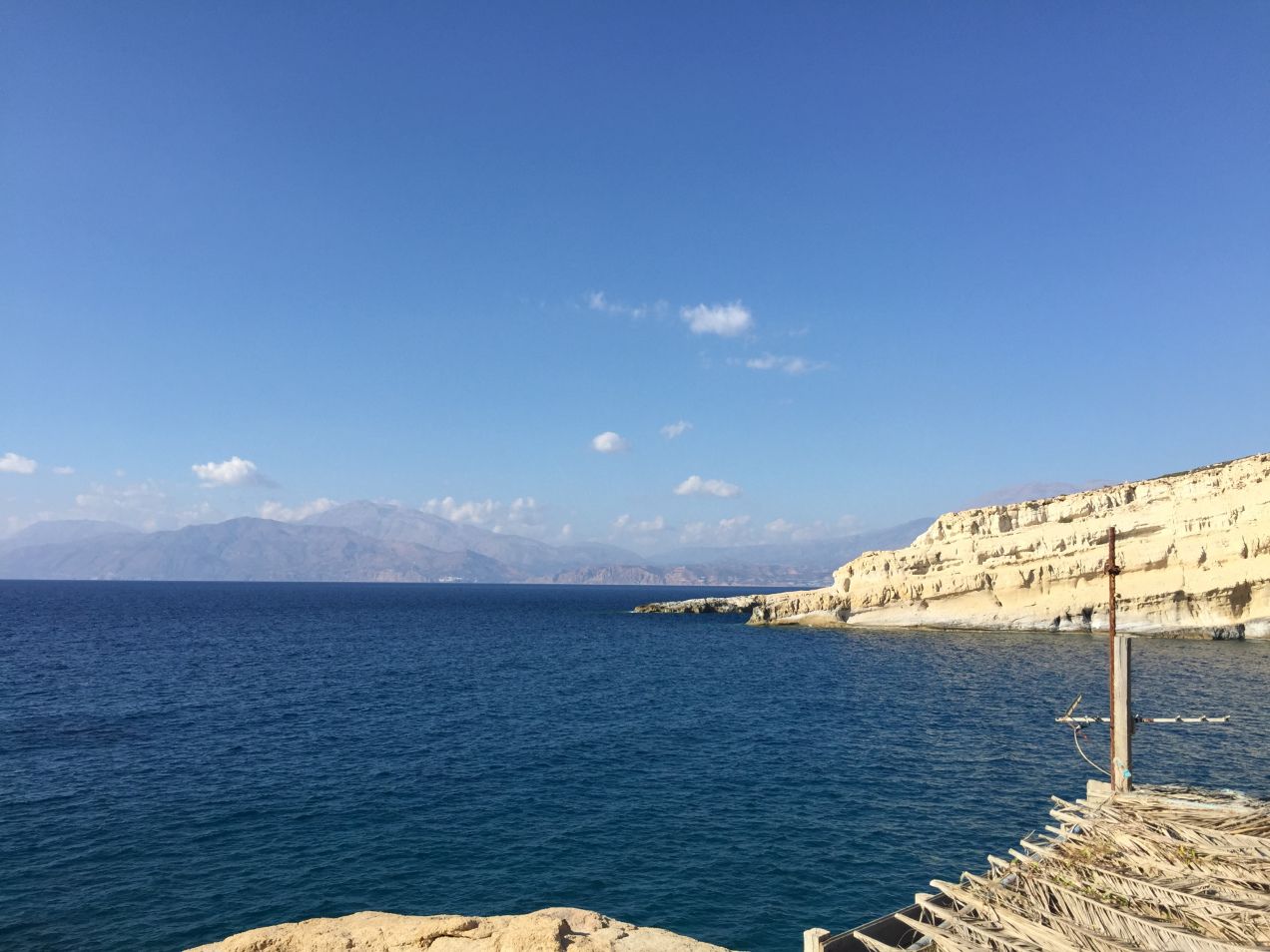
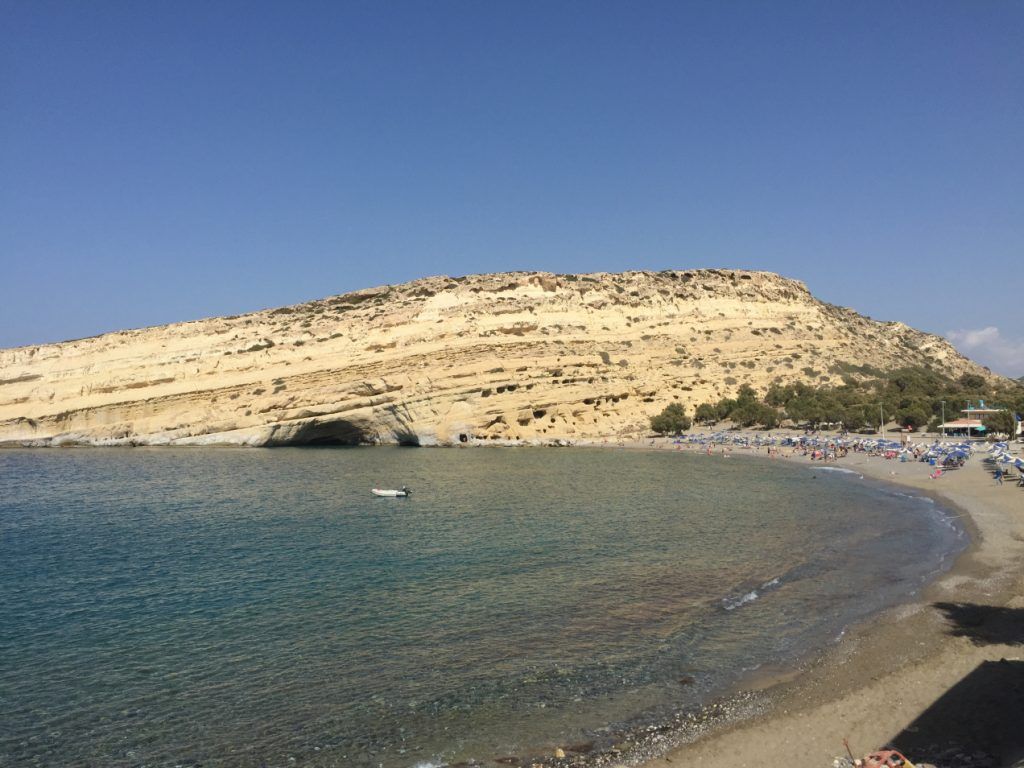
We spent our first day enjoying the touristy beach town and ate a fabulous lunch looking over the water. Same itinerary, different location.
Day 20 - Gortyn & Phaistos
Like most of Crete, the valley that resides to the north of Matala is as historically rich as it is ancient. The earliest detectable inhabitants date to ~7000 BC. We chose to visit two very different and important archeological sites, Gortyn and Phaistos.
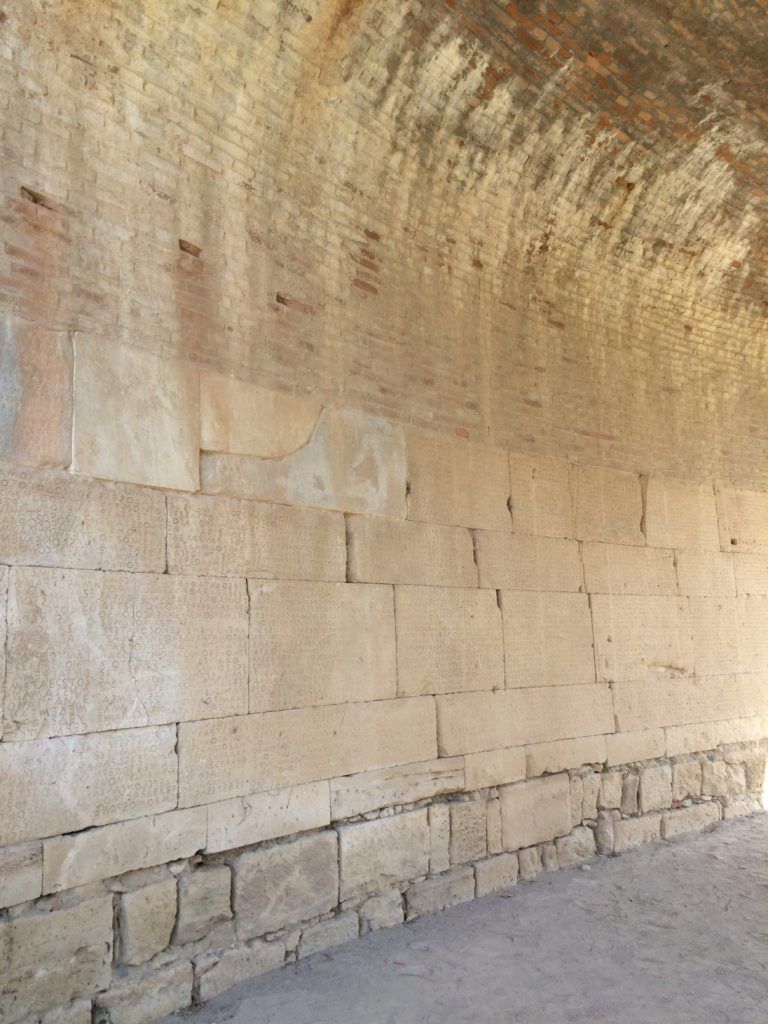
Gortyn is as ancient as any city in Crete, but is most famous for the Gortyn law code that was etched into stone in the 6th century BC and remains on display in the later remains of a Roman Odeon. It is the oldest and most complete example of a code of ancient Greek law and contains hints of what Minoan society must have been like, one where equality between men and women was greater than probably any civilization since, vastly greater than during the Golden Age of Athens.
You can learn more about it here.

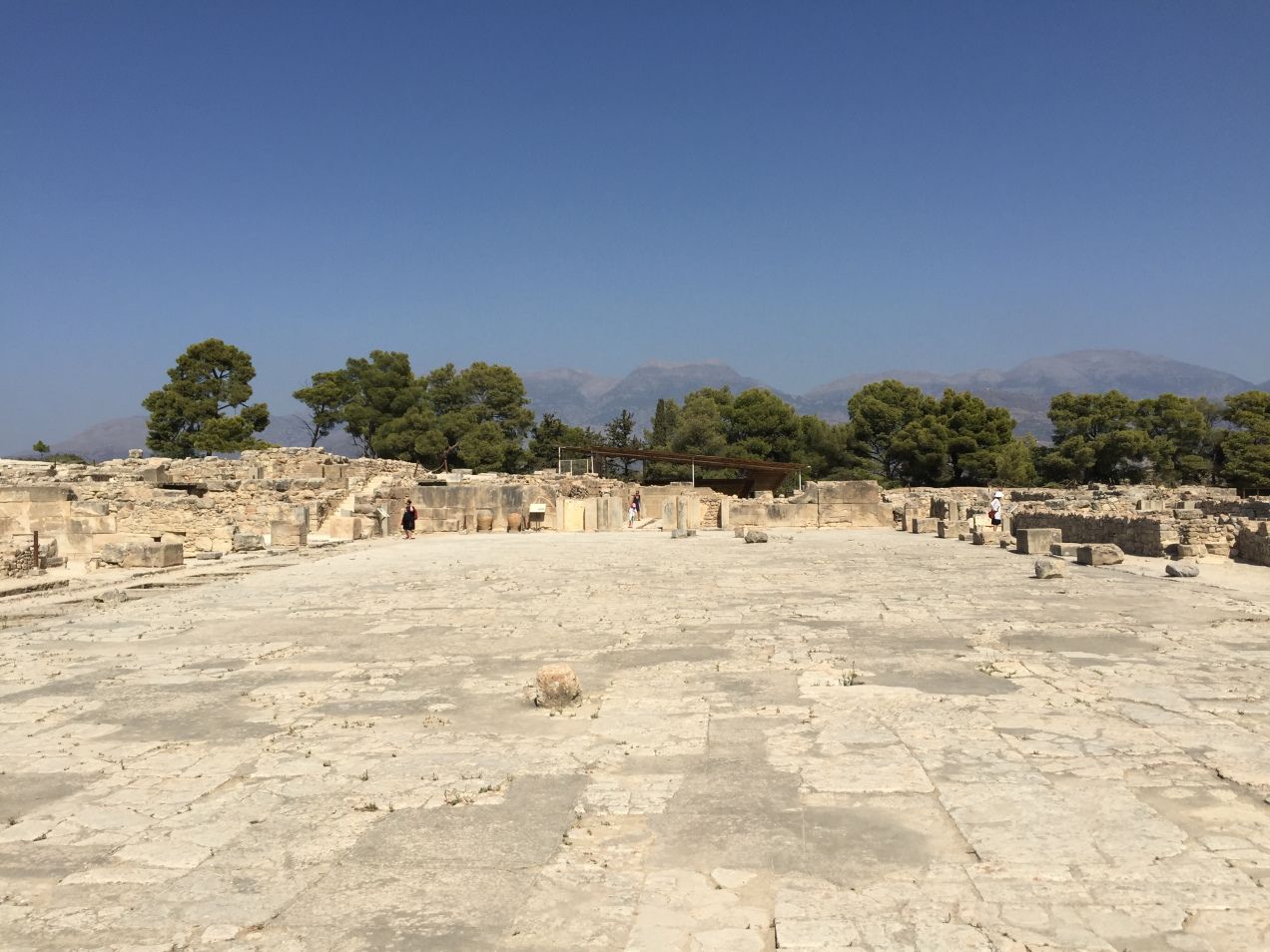
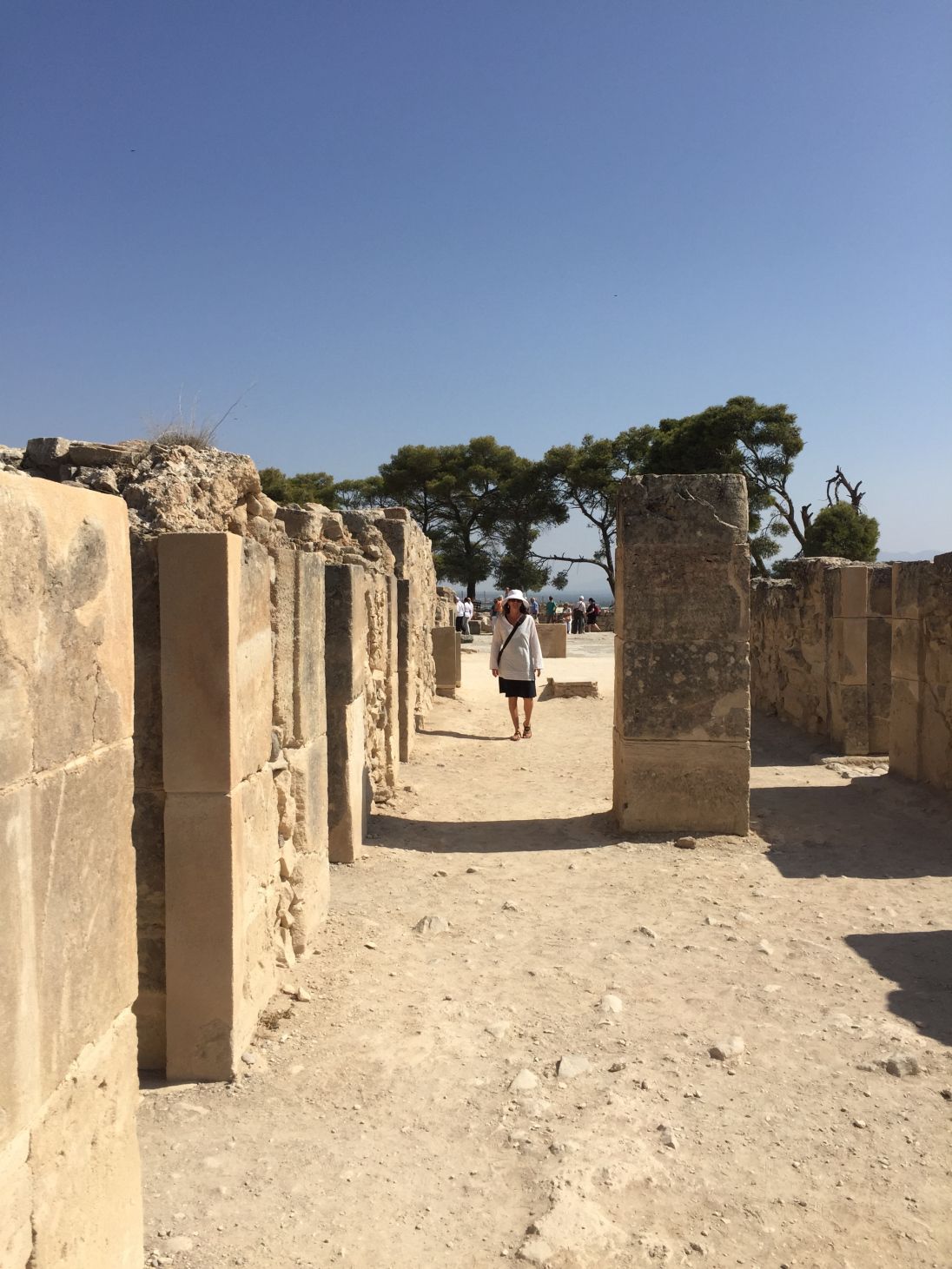
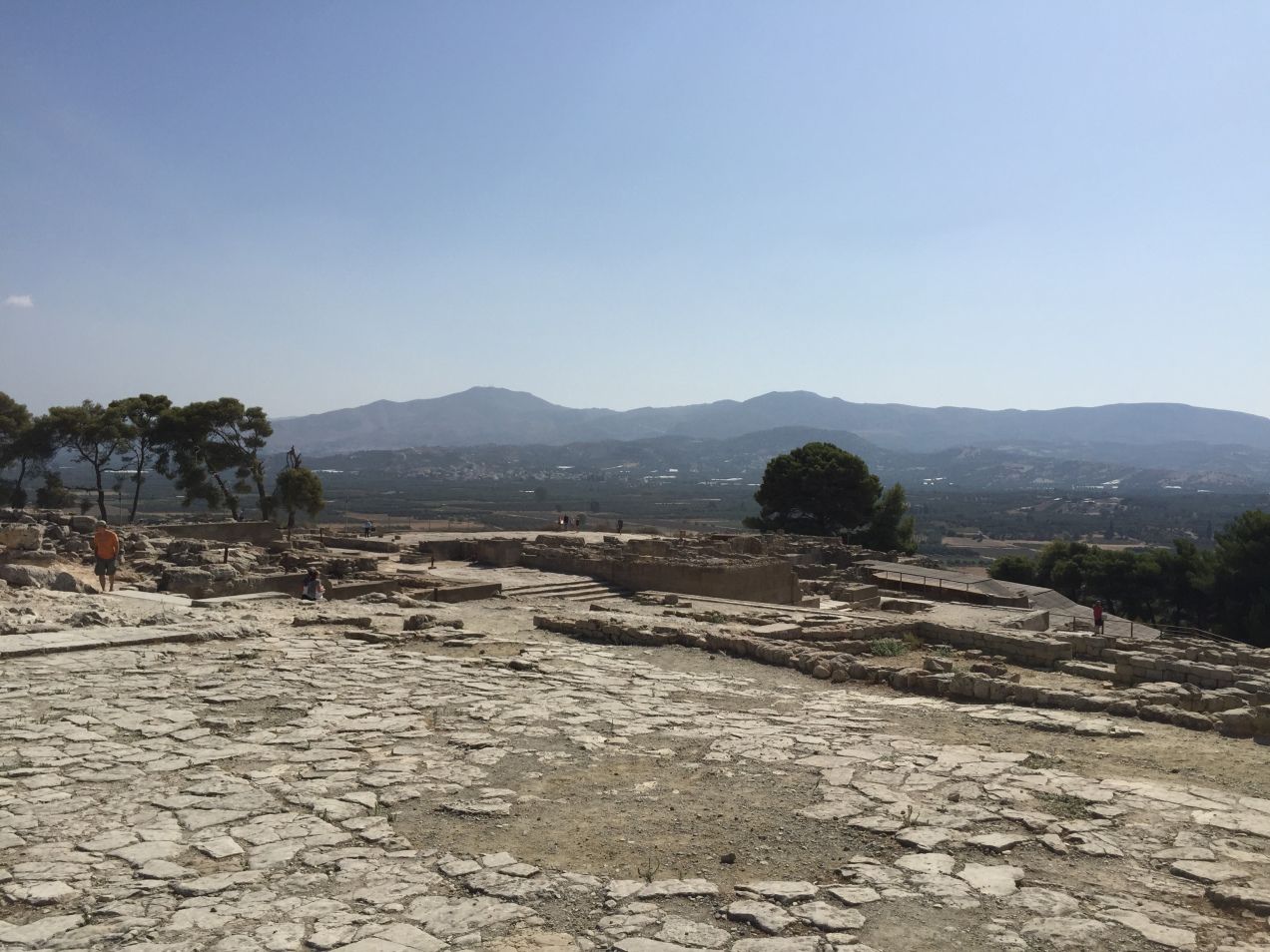
Phaistos is a well preserved ancient Minoan palace that was occupied between ~3000 to 1500 BC. Minoan palaces dot the Cretan landscape, but there are a handful that are the largest and best understood, Phaistos being one of them.
While each of the great palaces are slightly different from the others, key elements of their spatial layout are common to all of them (courtyards, sleeping and bathing quarters, stockpiles, etc.). A common culture was clearly in play across the island during this golden age of Crete.
Day 21 - Knossos
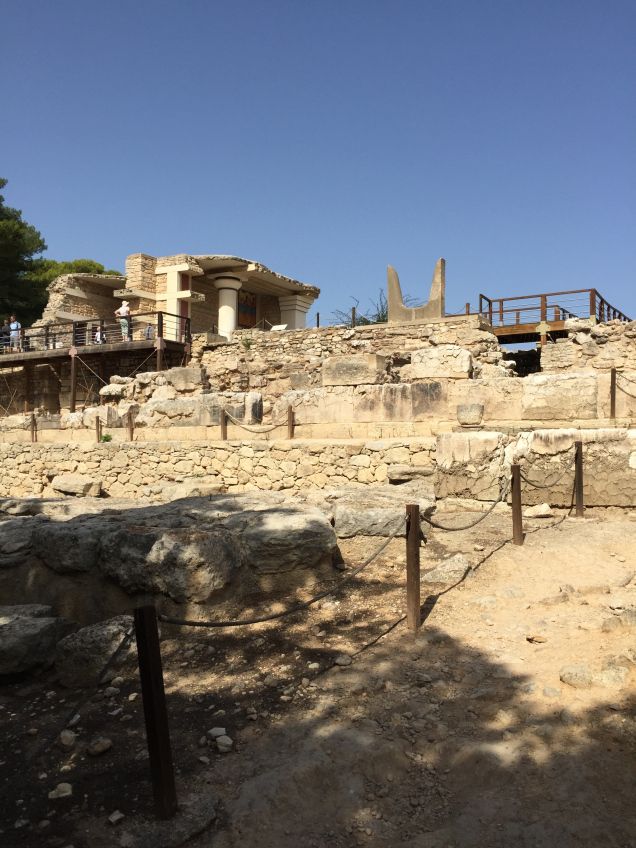
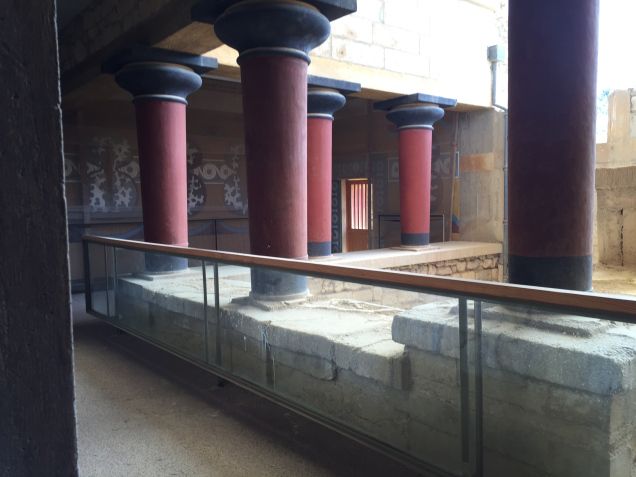
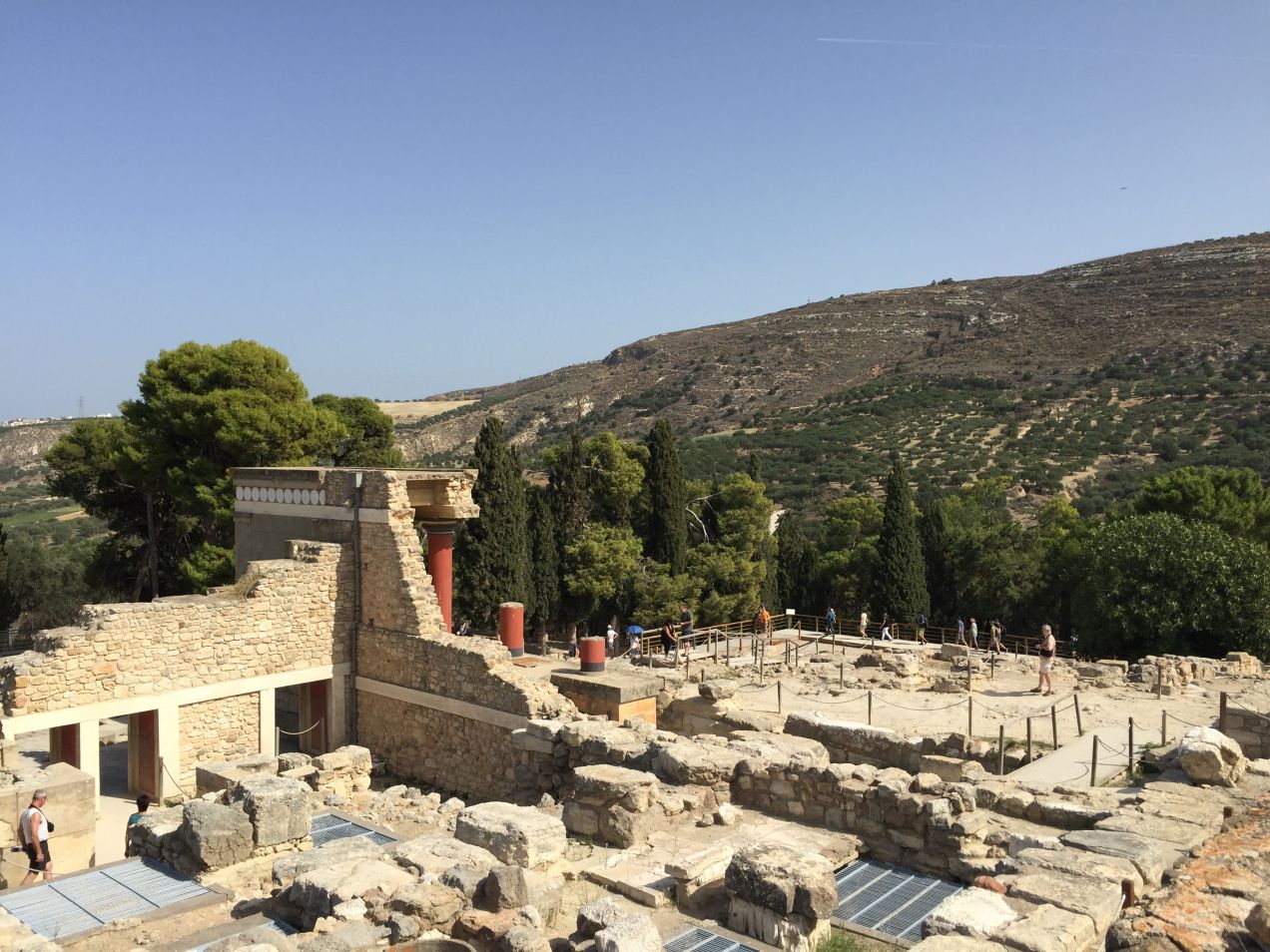
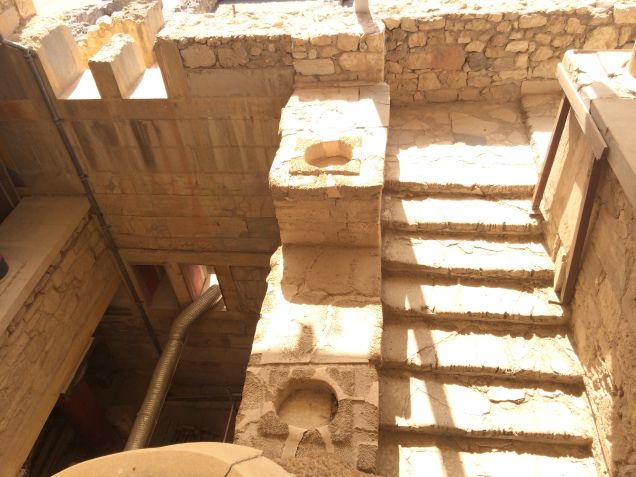
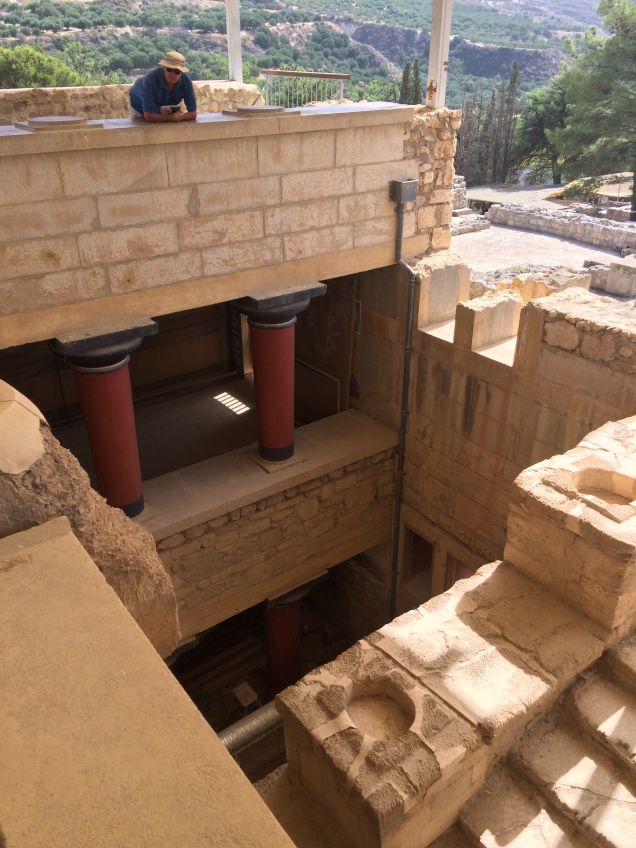
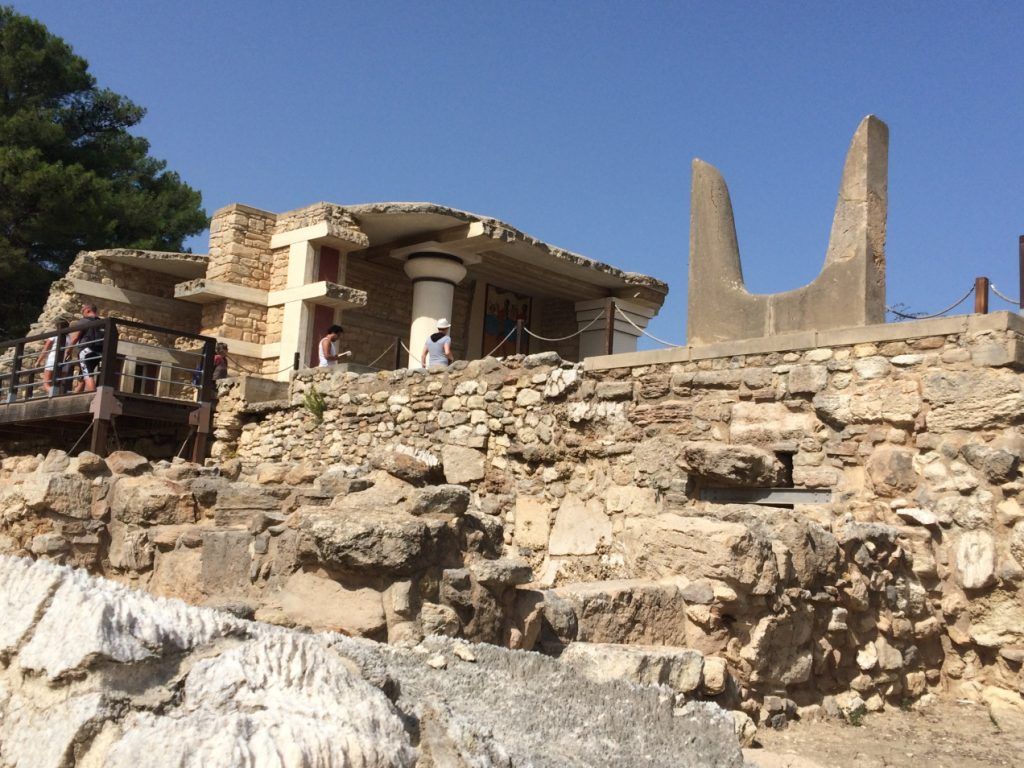
Making our way back from Matala to Heraklion we stopped to visit the most famous by far of Minoan palaces, Knossos (~3000 – 1500 BC), home of the Monitor and his labyrinth.
Excavated and restored by Sir Arthur Evans in the very early 20th century Knossos offers a representation of how a Minoan palace, with its multiple stories, might have looked in its heyday. Using concrete instead of wood for pillars, Evans used research and imagination to recreate and rebuild portions of the ruins in three dimensions – an approach that generated much controversy that continues to this day. One could only imagine such a representation at Phaistos with its mostly two dimensional remnants.
For me, Evans efforts are spectacular, even if they may not be perfectly accurate. That said, seeing the unaltered, or rather by comparison uninterpreted, Phaistos ruins first, gave me a foundation that allowed me to be open minded towards Evans interpretation.
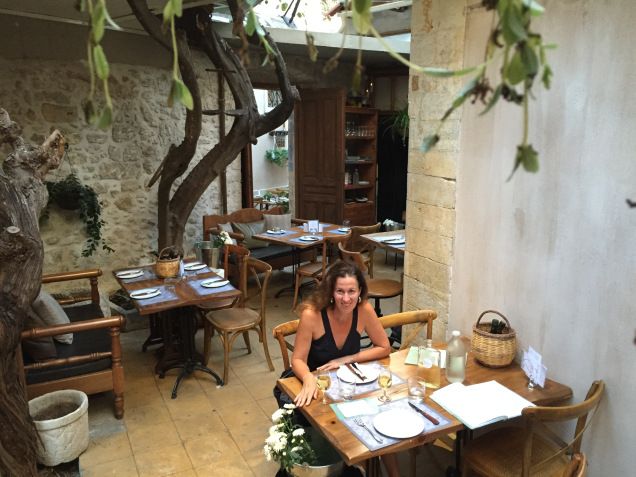

Once settled back in Heraklion, we returned to our favorite restaurant for our final Cretan meal.
Day 22 - Athens
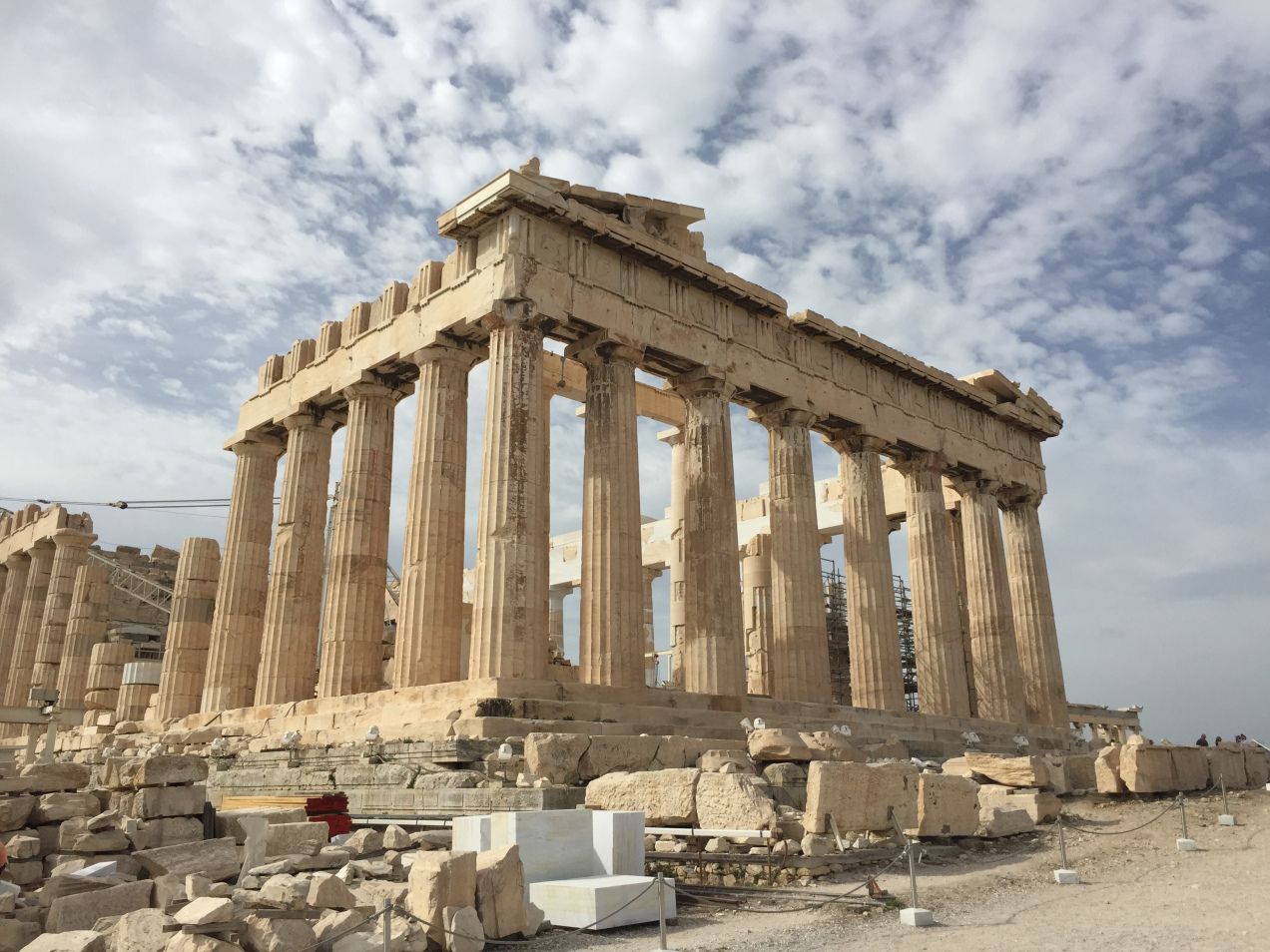
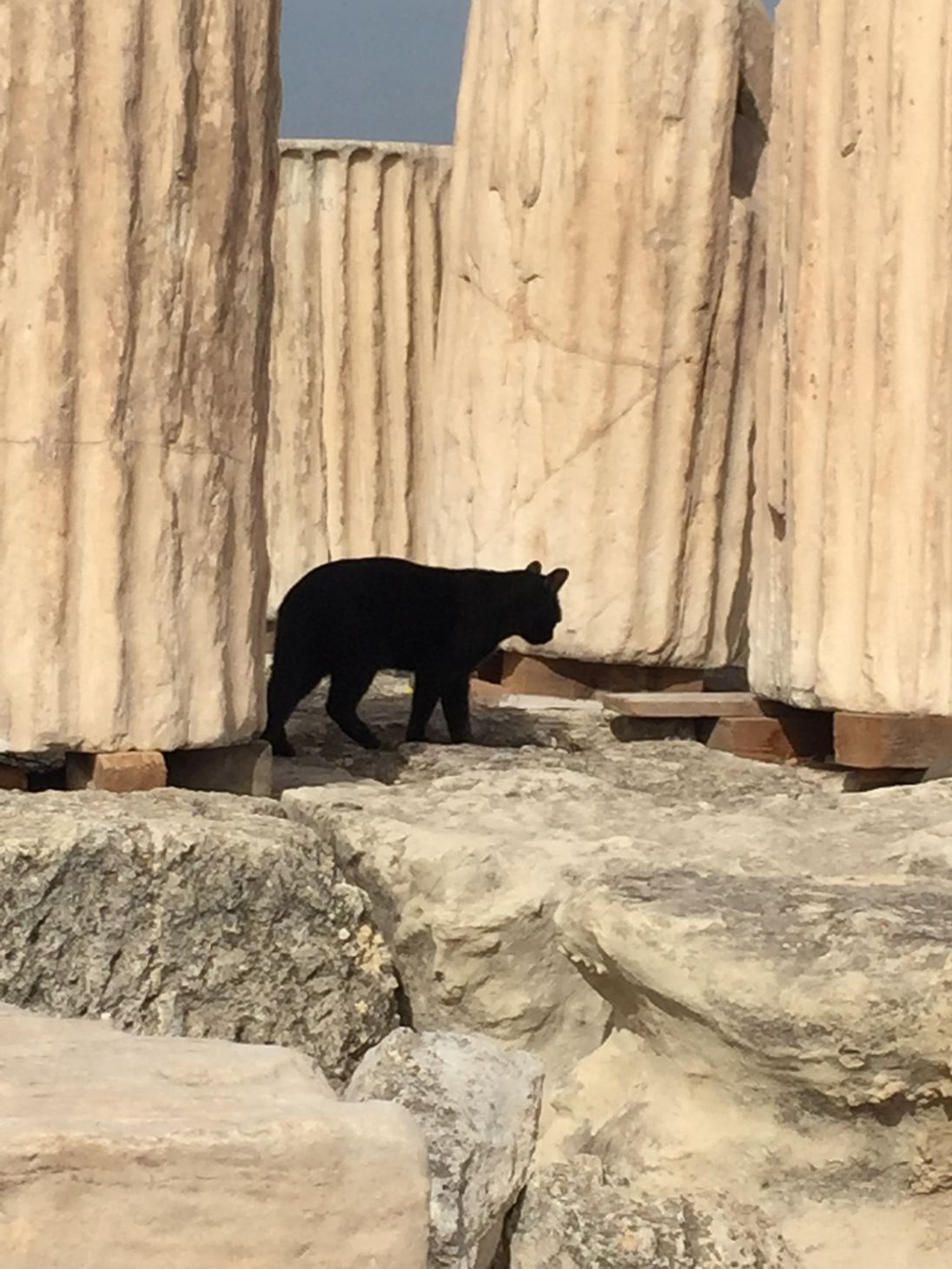
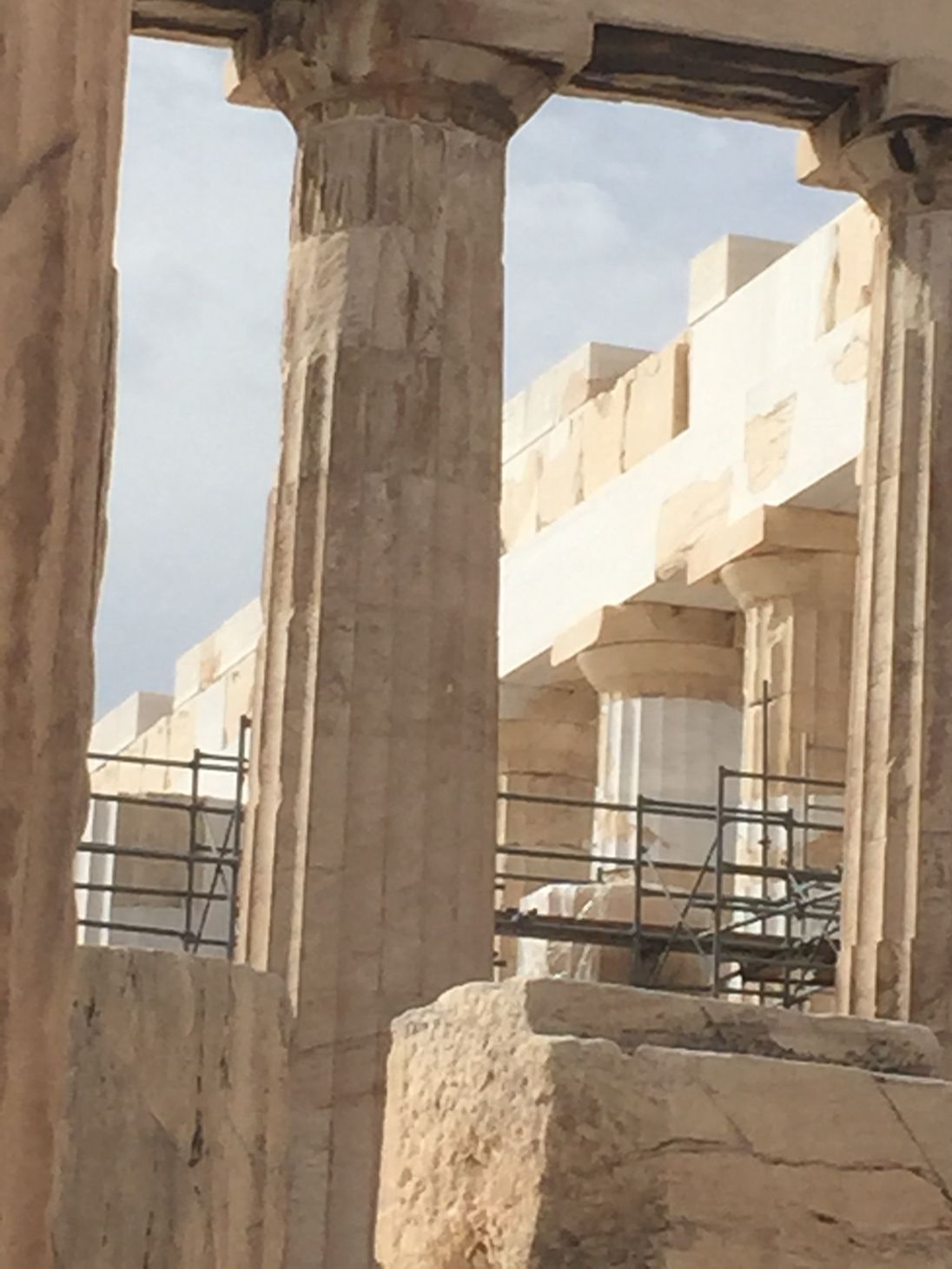
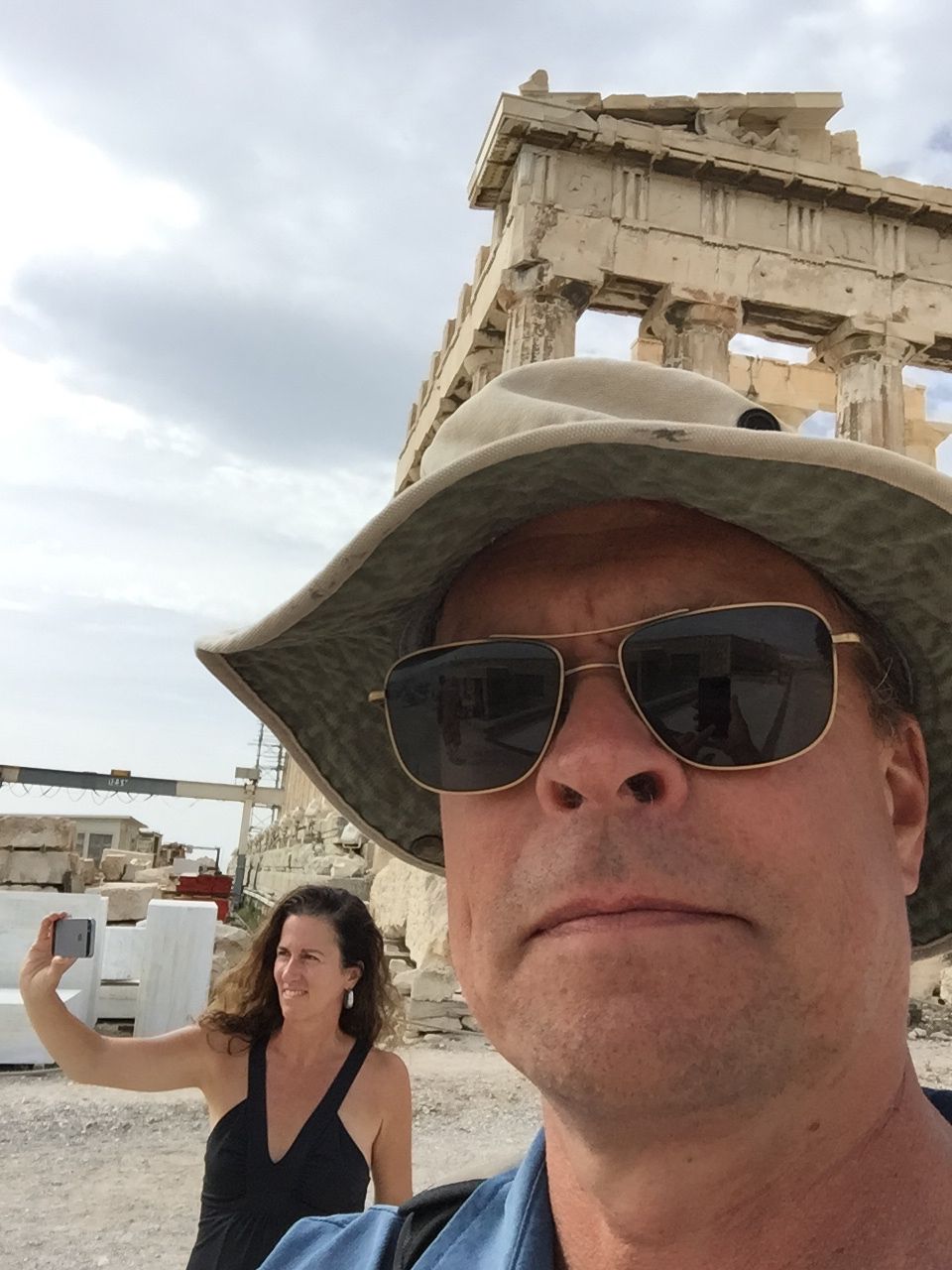
Back again in Athens. It’s our last day of the trip and so we made our pilgrimage to the Acropolis and the Parthenon.
The extensive multi-year restoration looks to be nearing its final stages. Practically the entire structure has been taken apart and put back together, over many years, to replace failing restoration attempts from the early 20th century (note mandatory Greek cat photo).
It’s looking great!
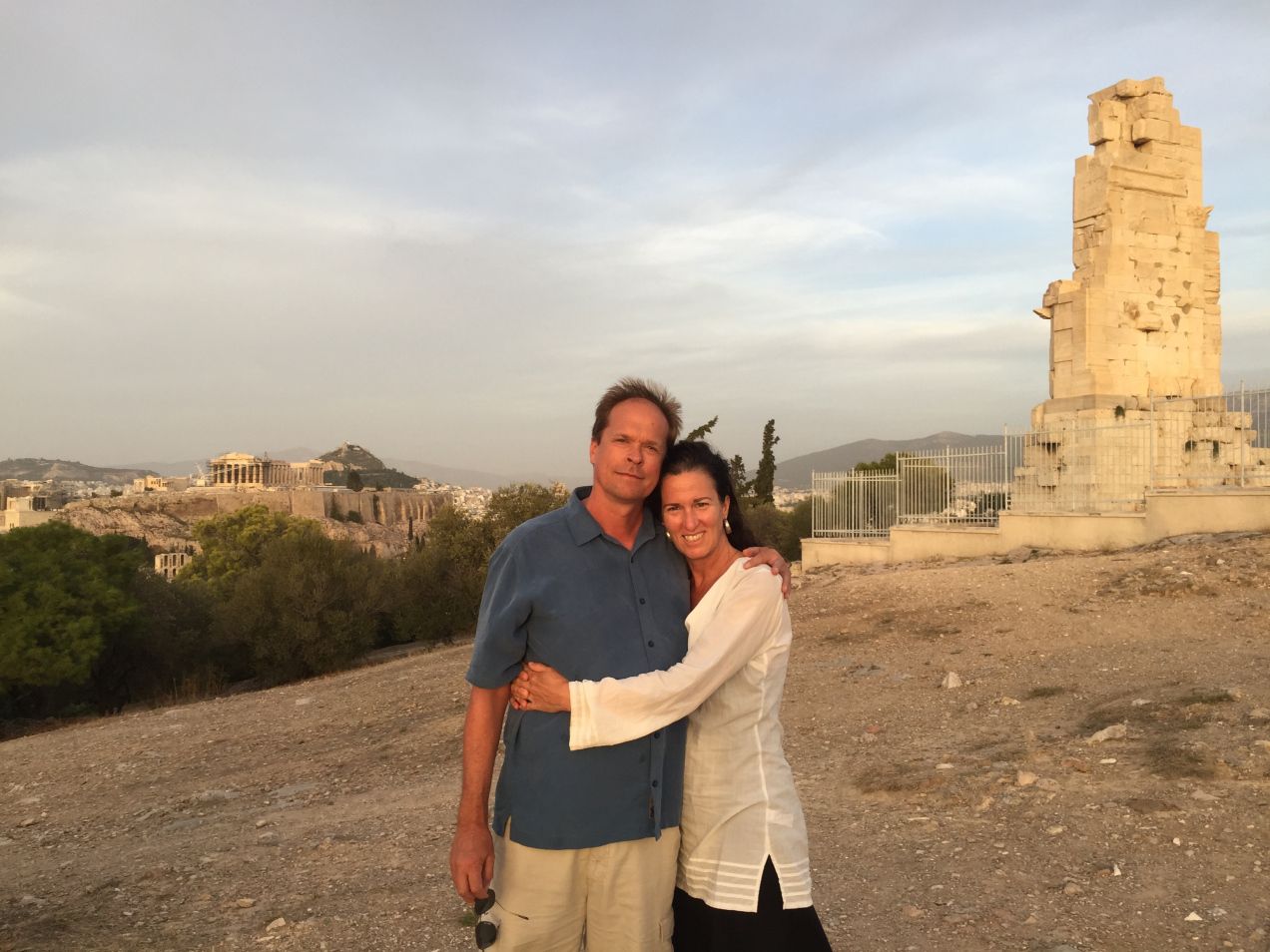
As was sun setting, we headed over the the nearby Filopappos Hill to catch the last light before retiring early for the flight home. We had a great trip!
